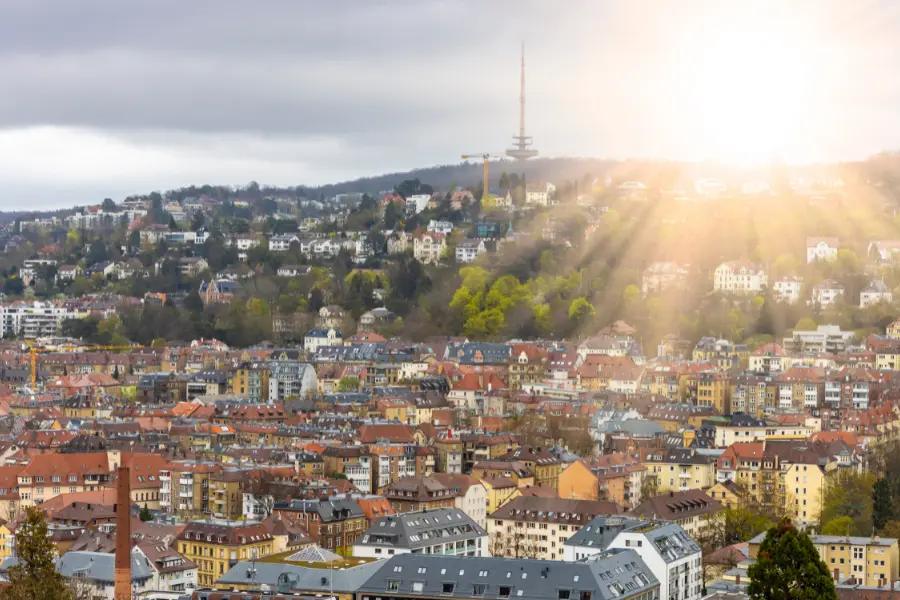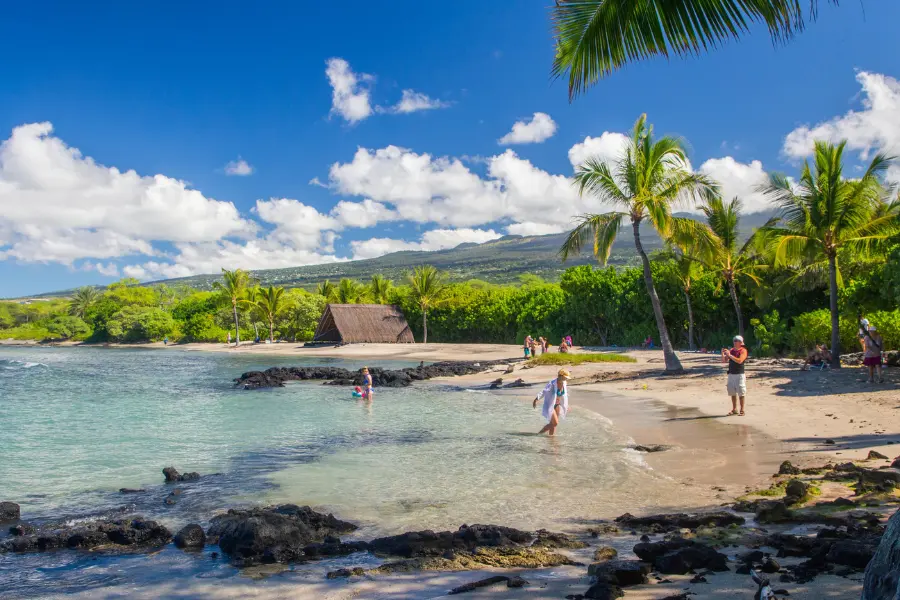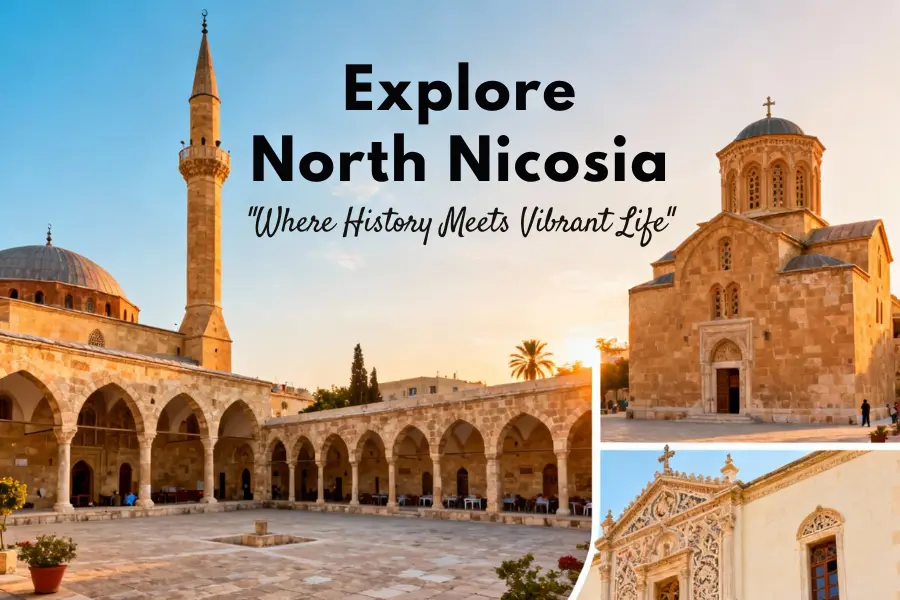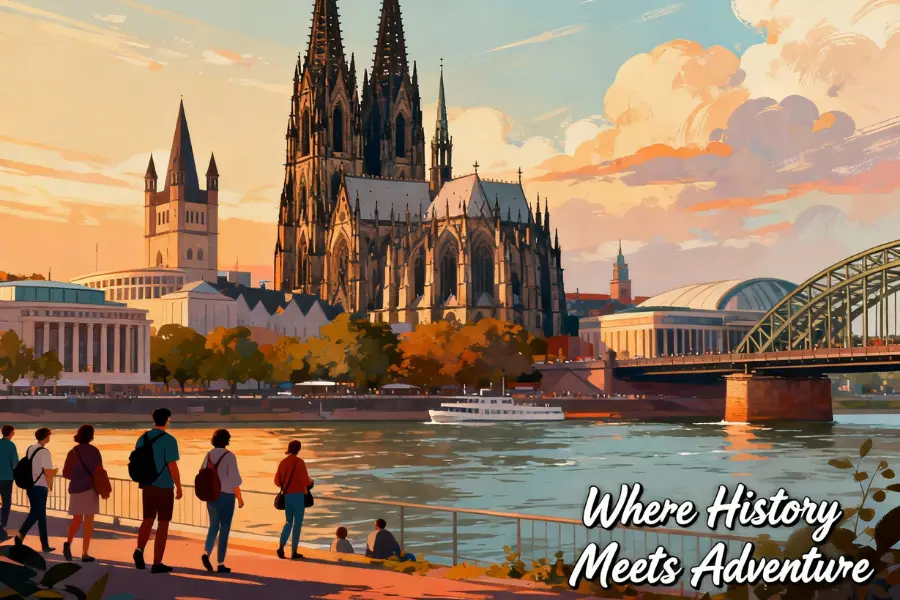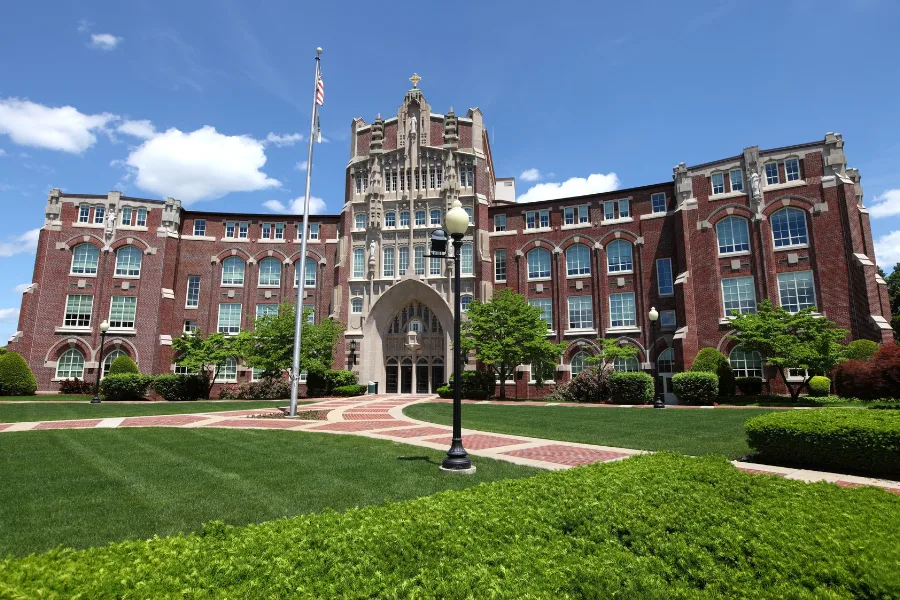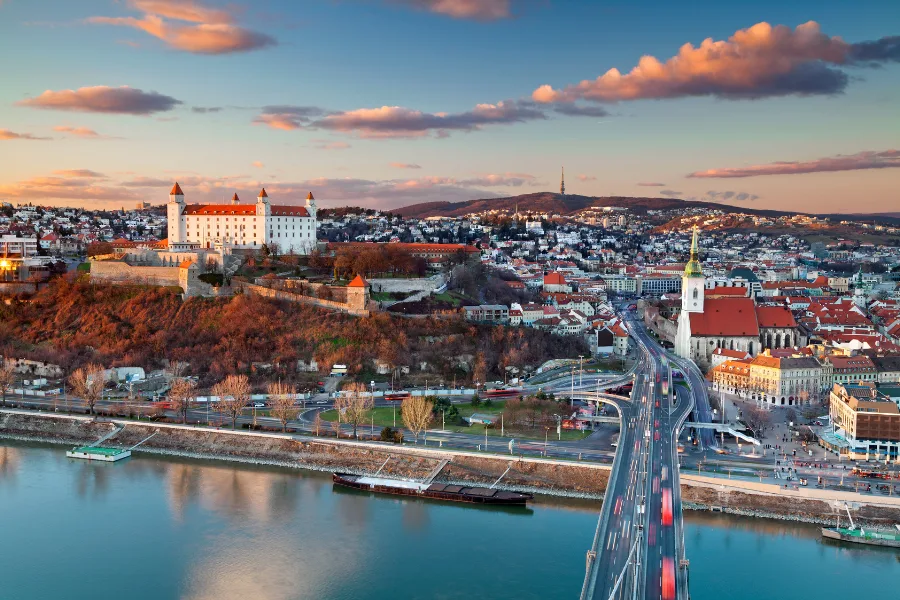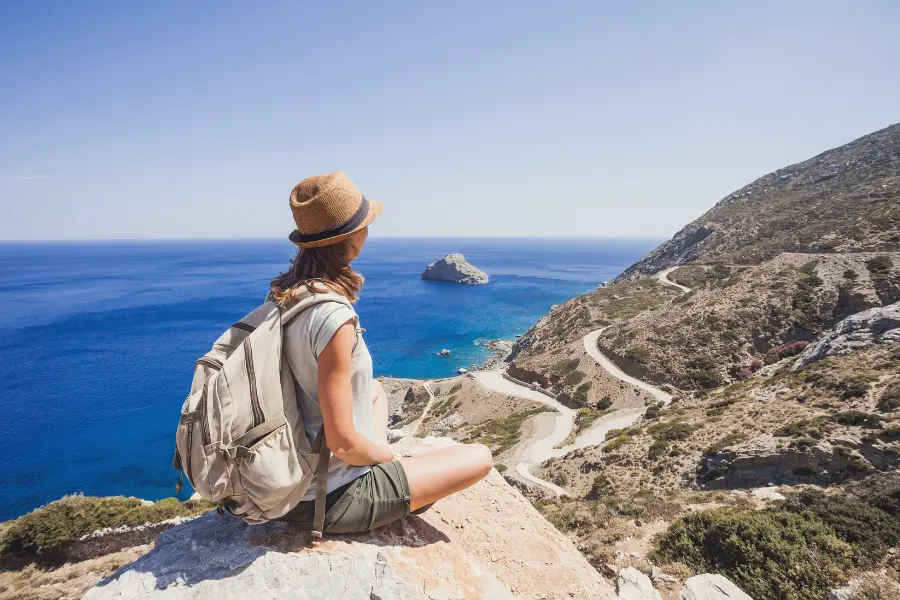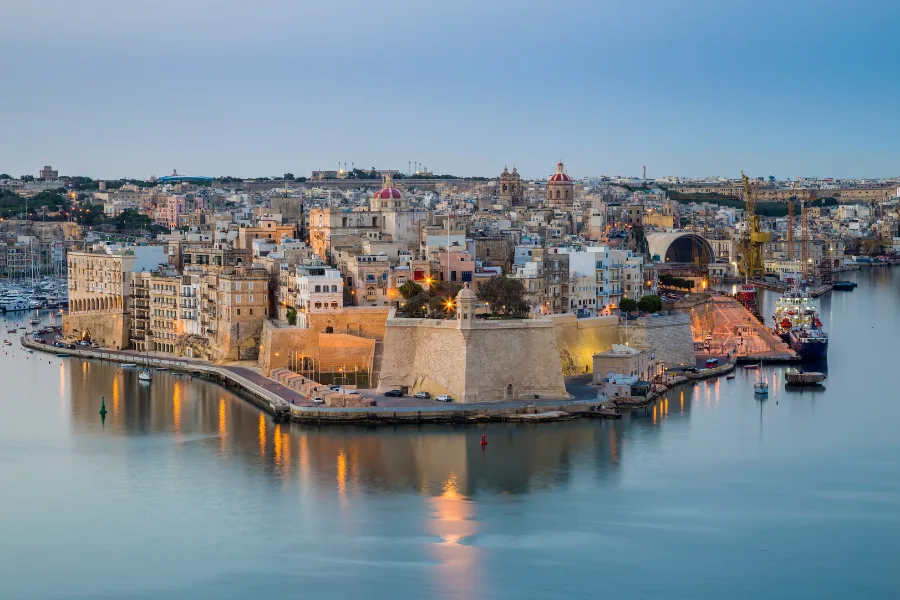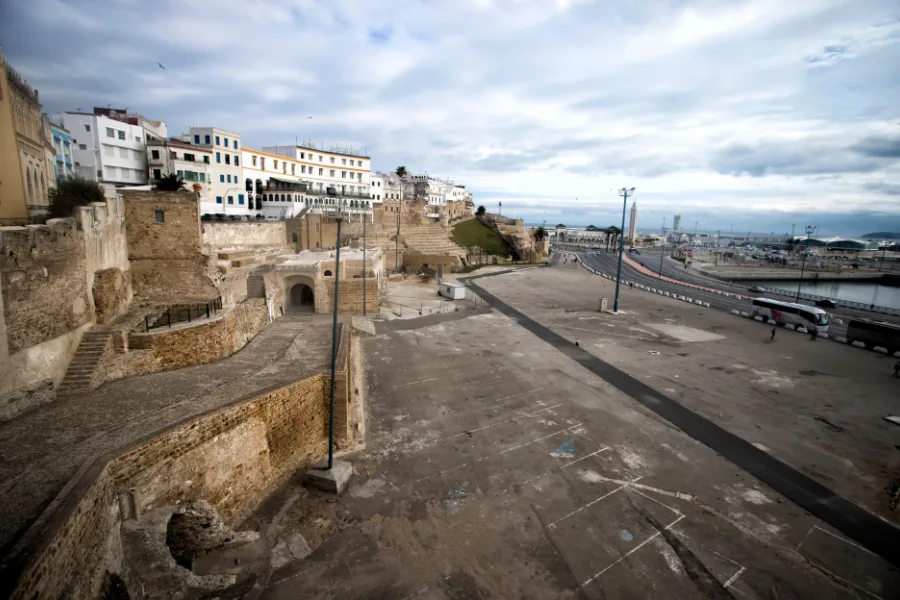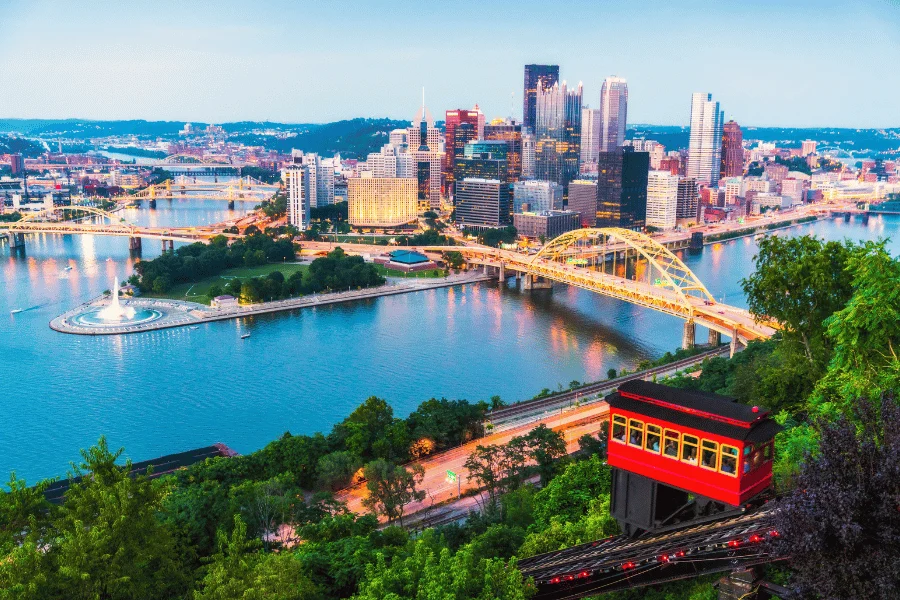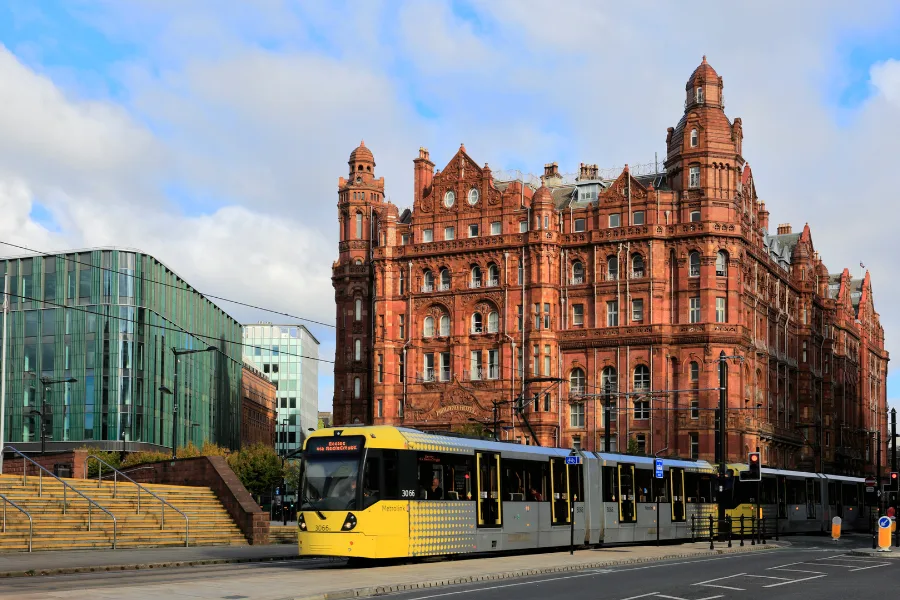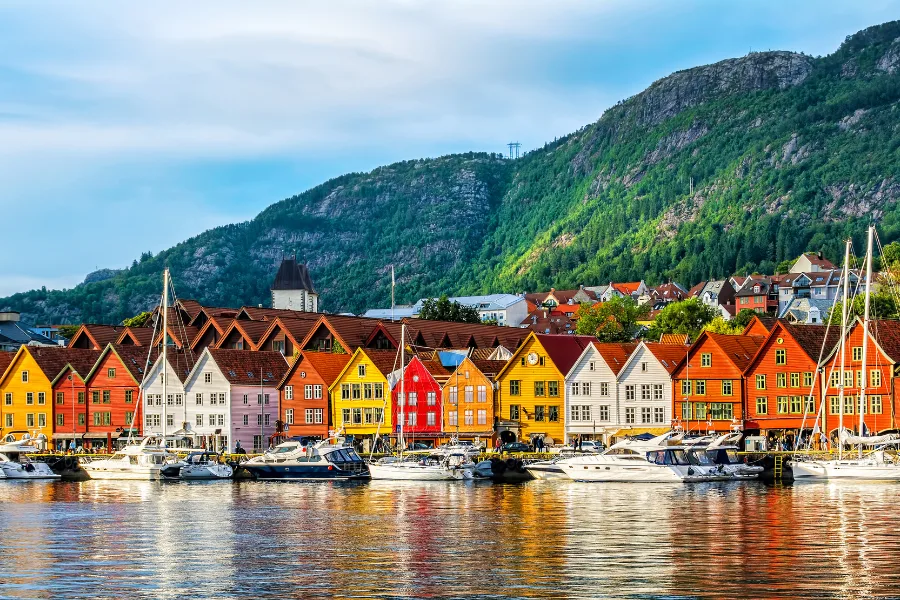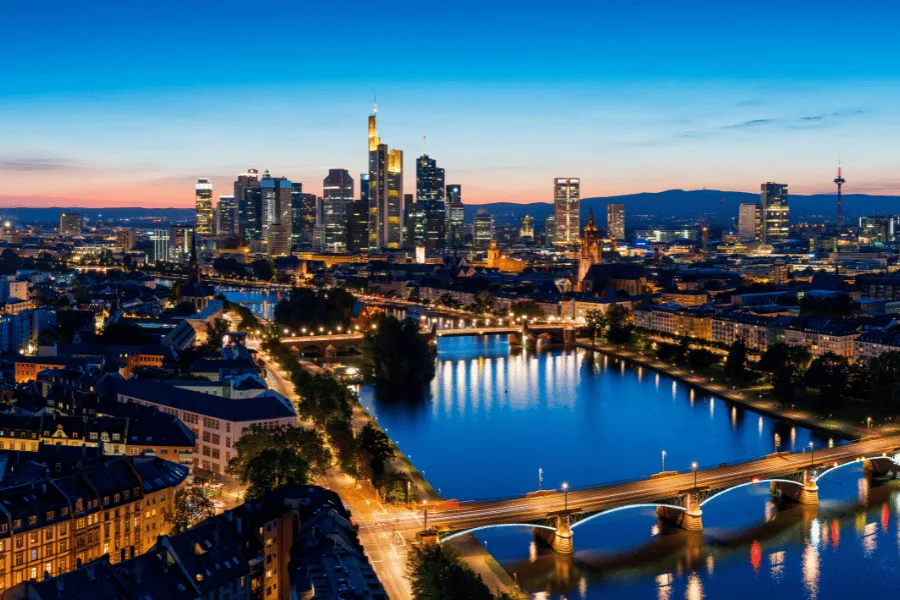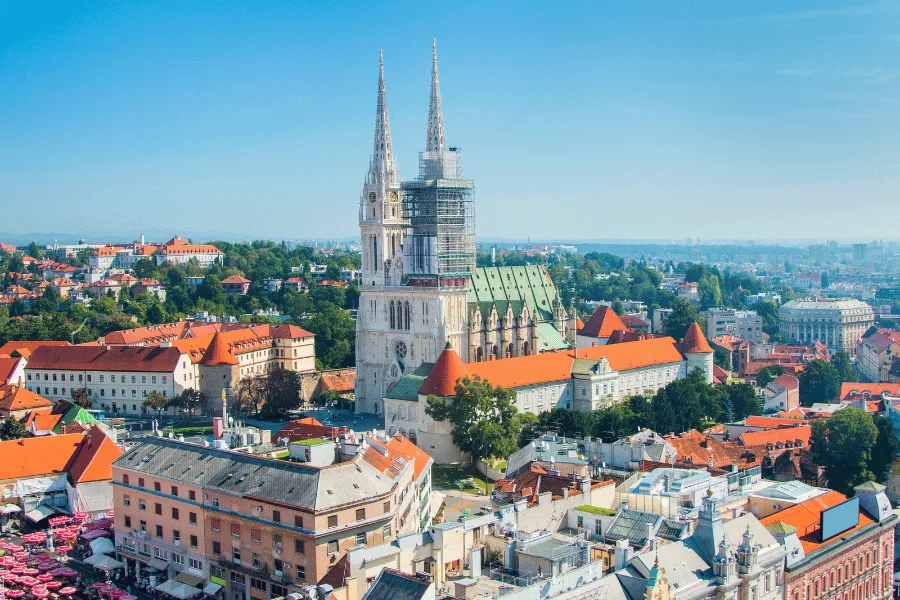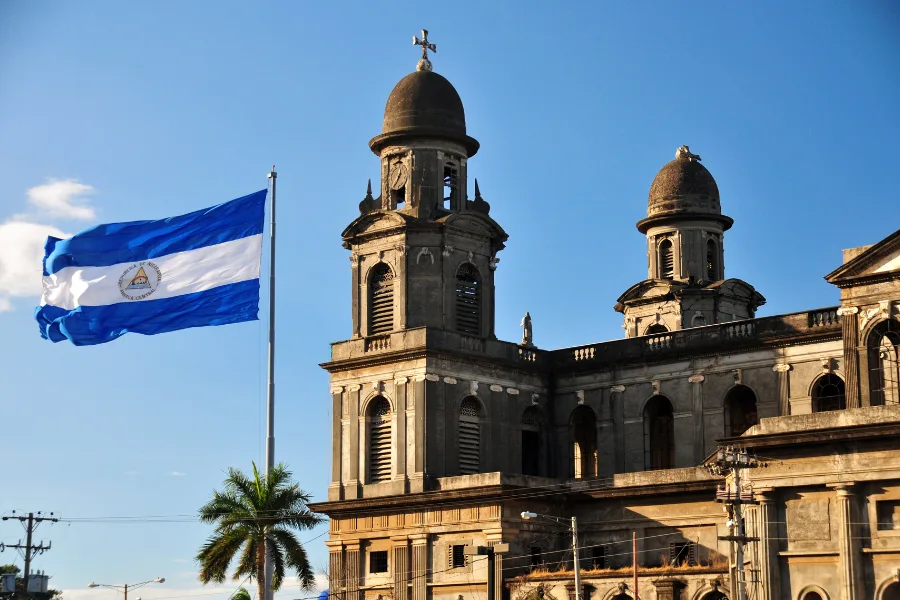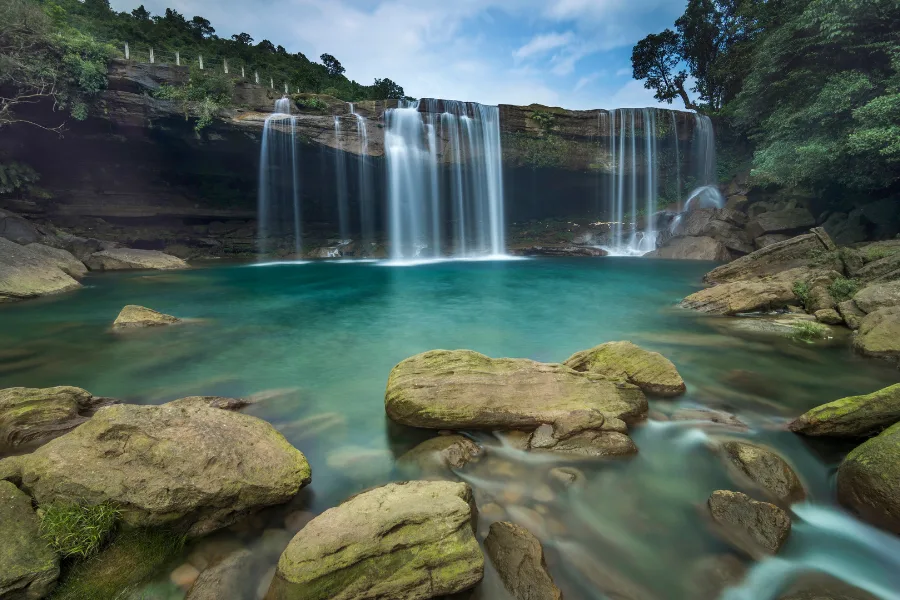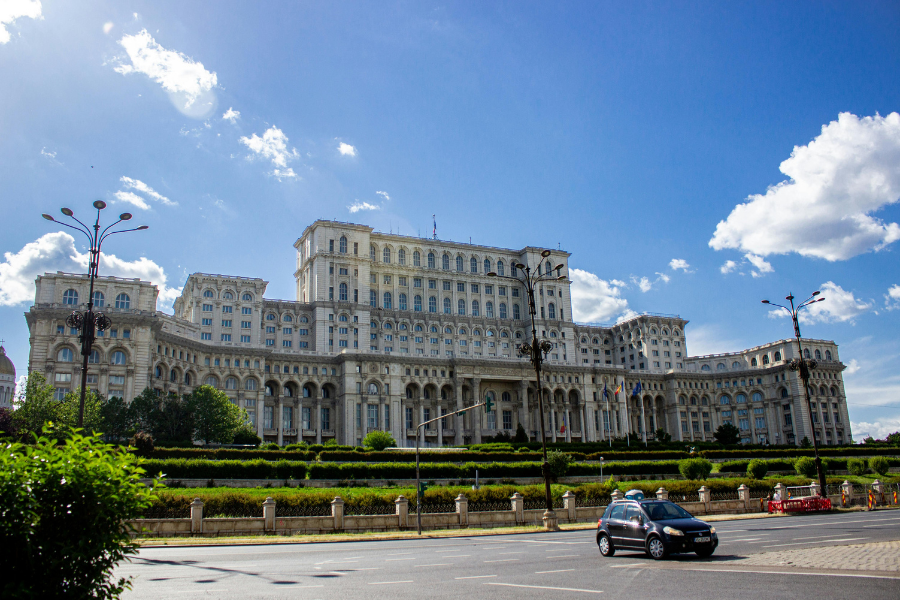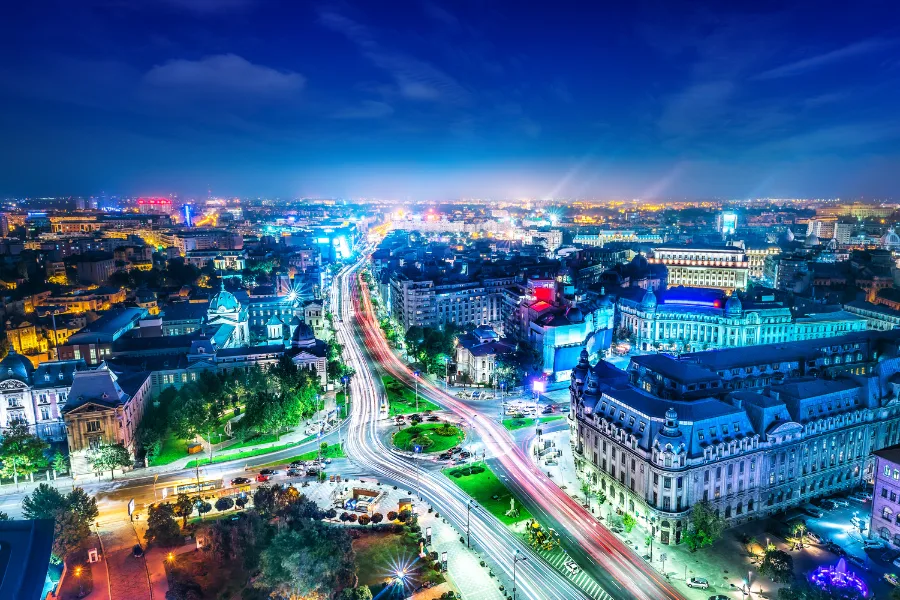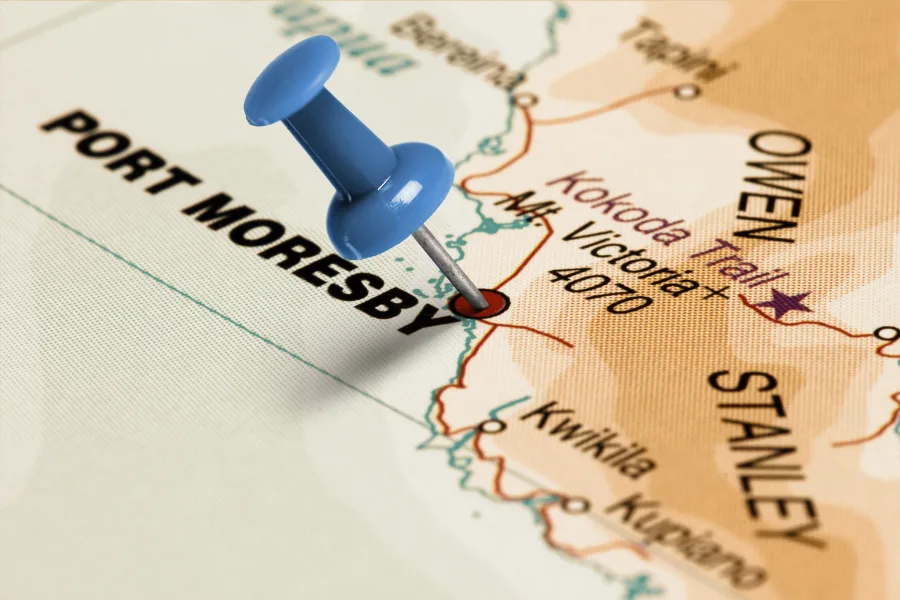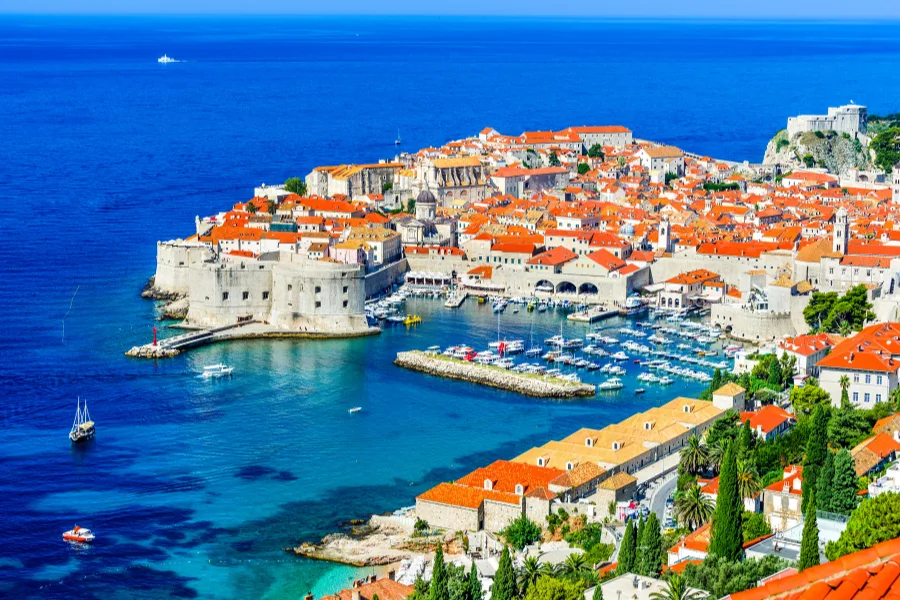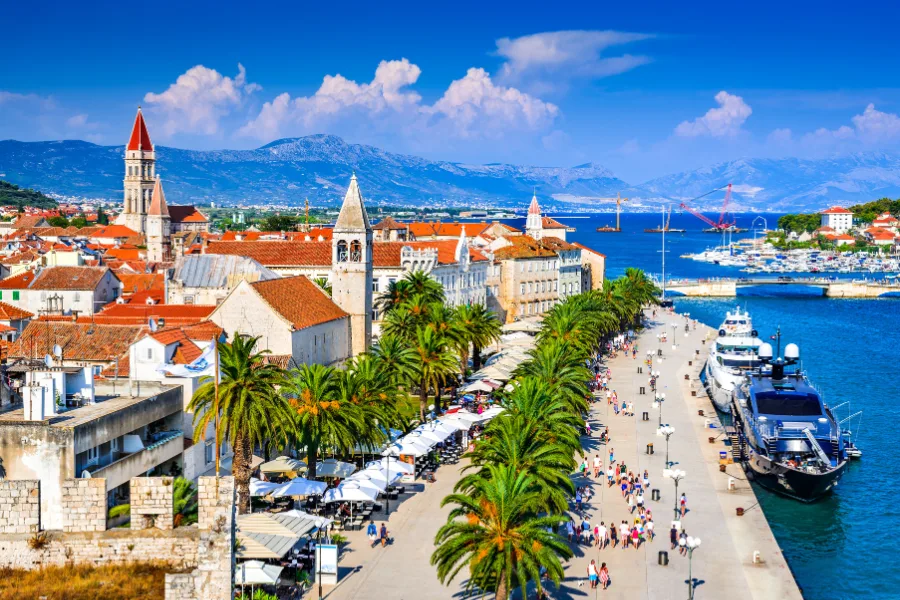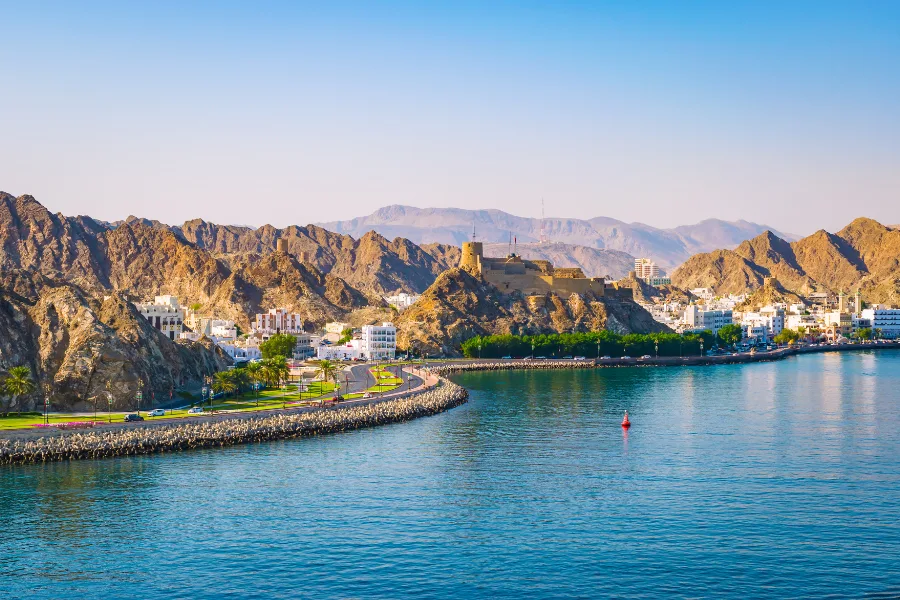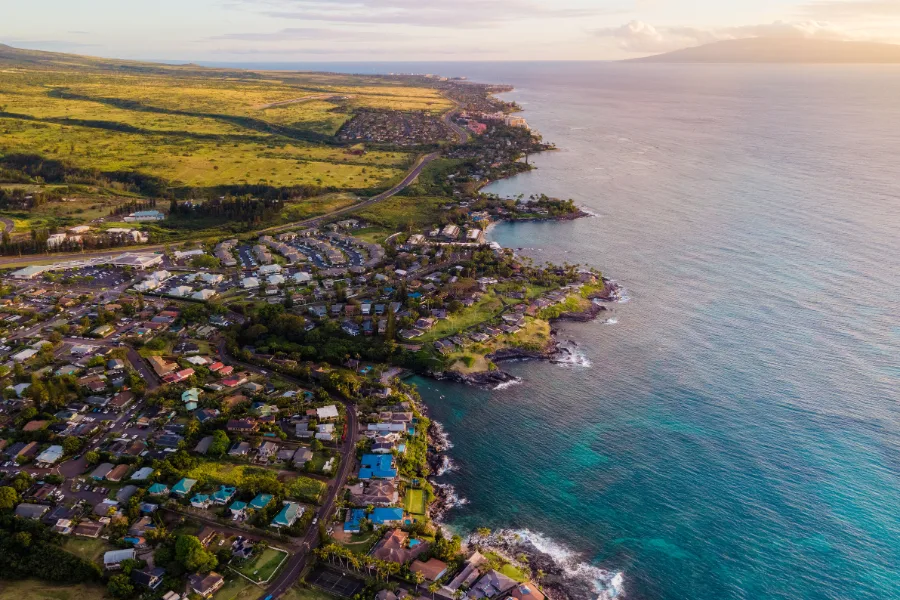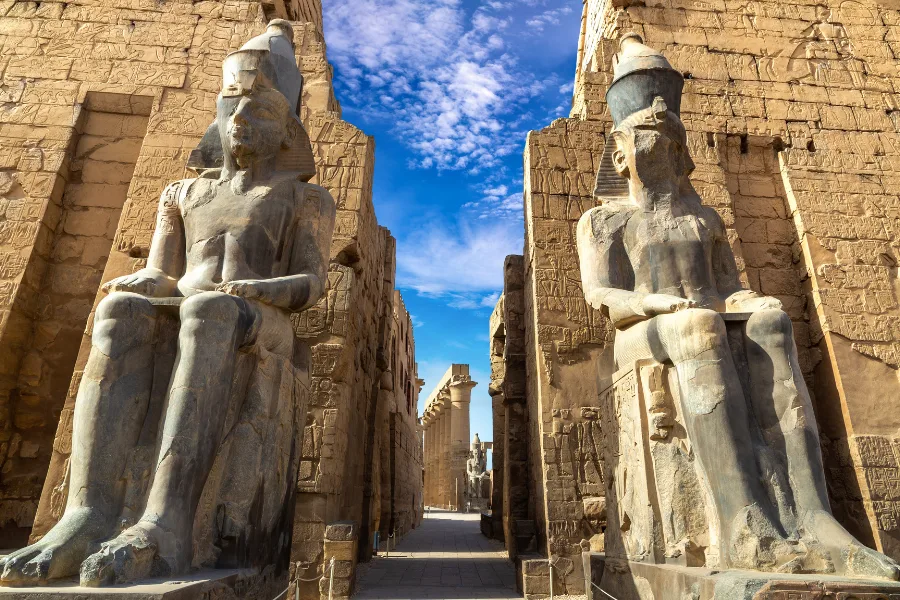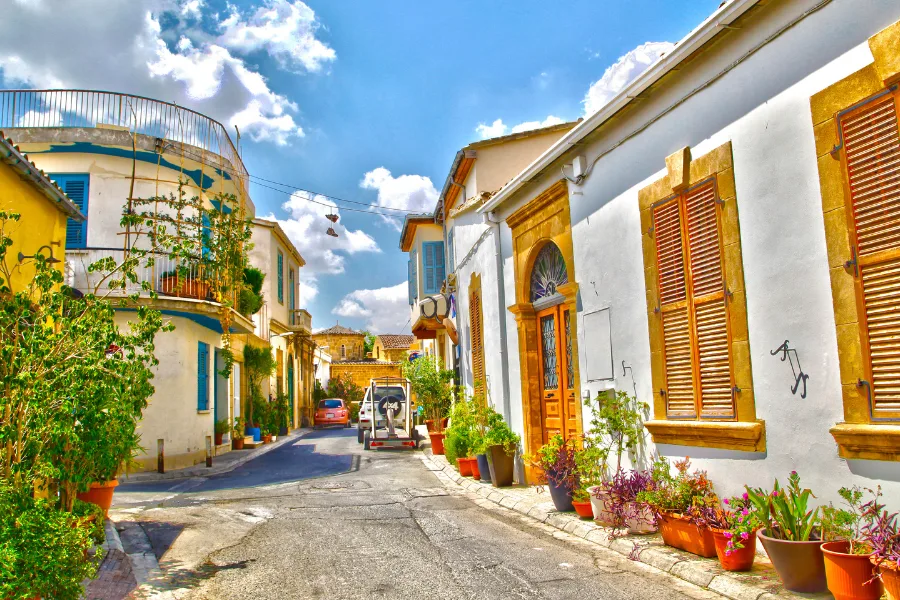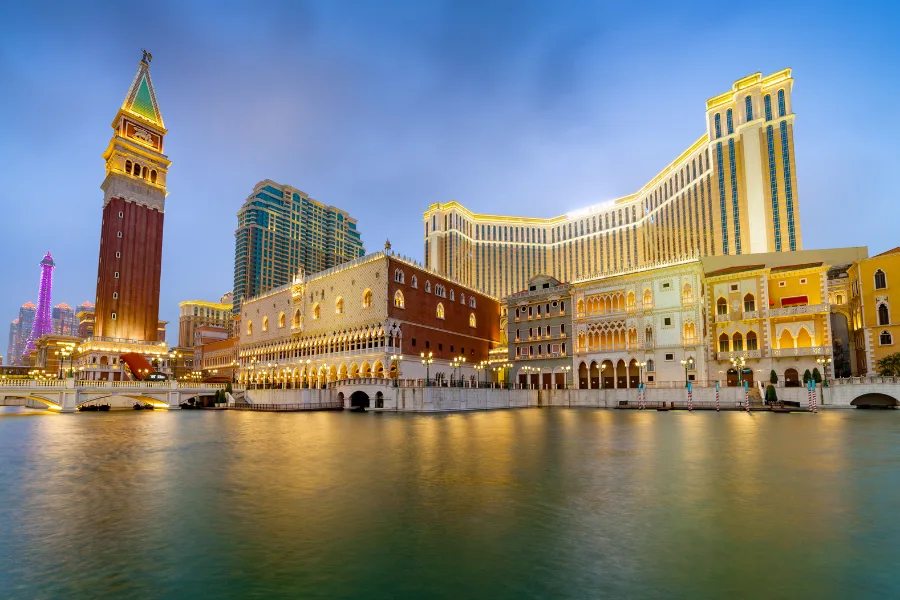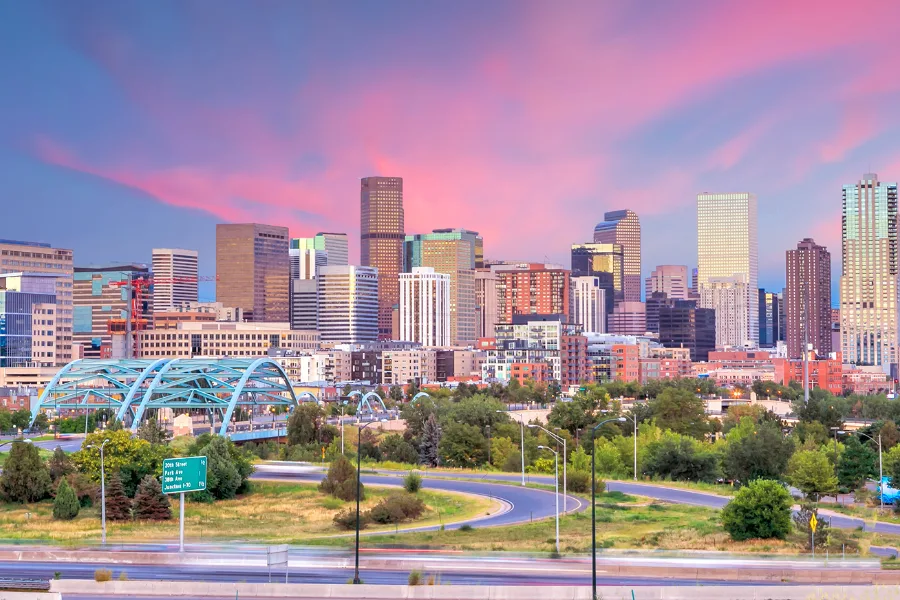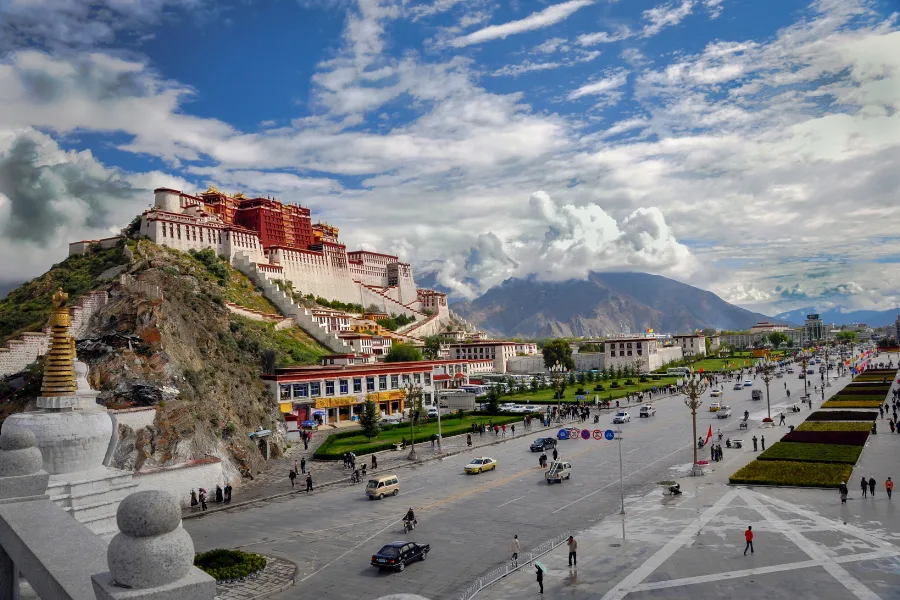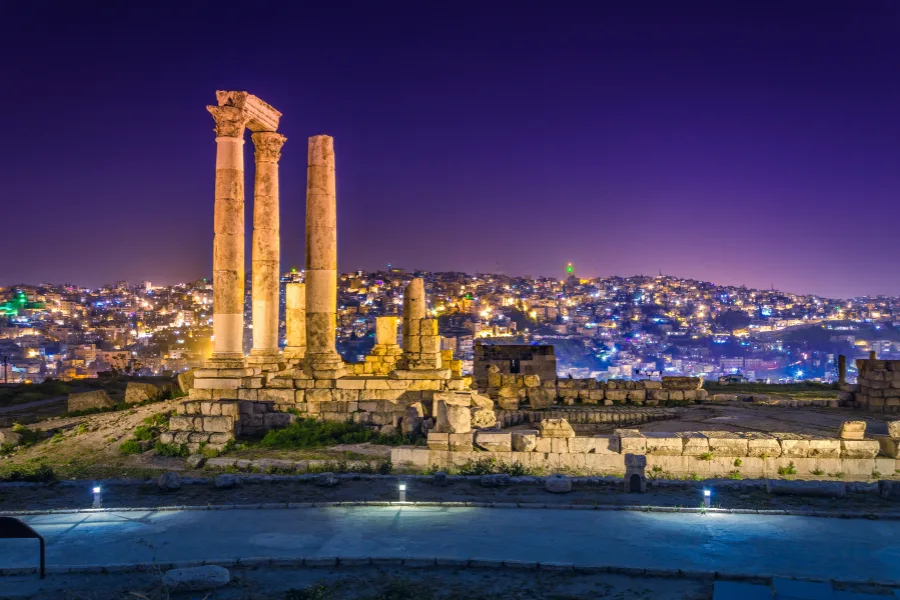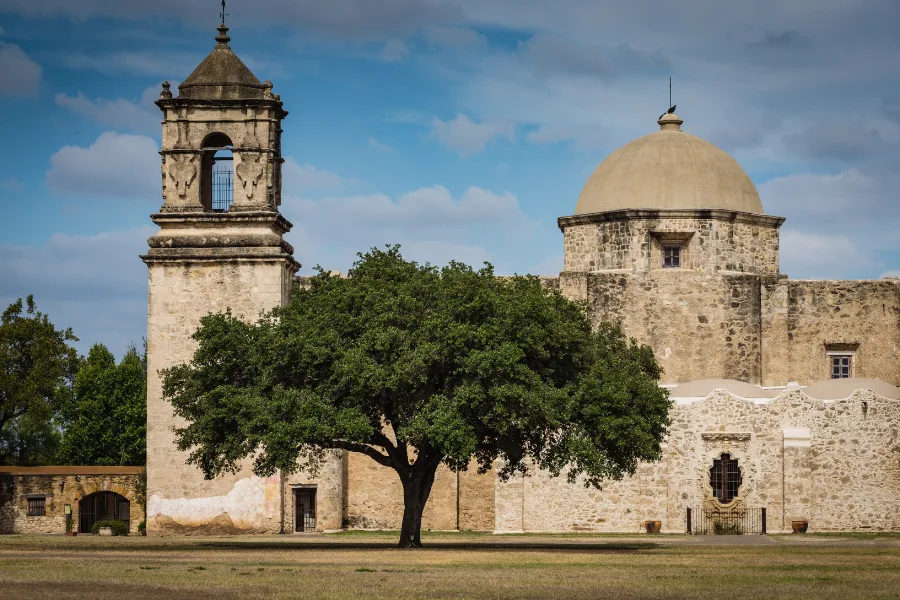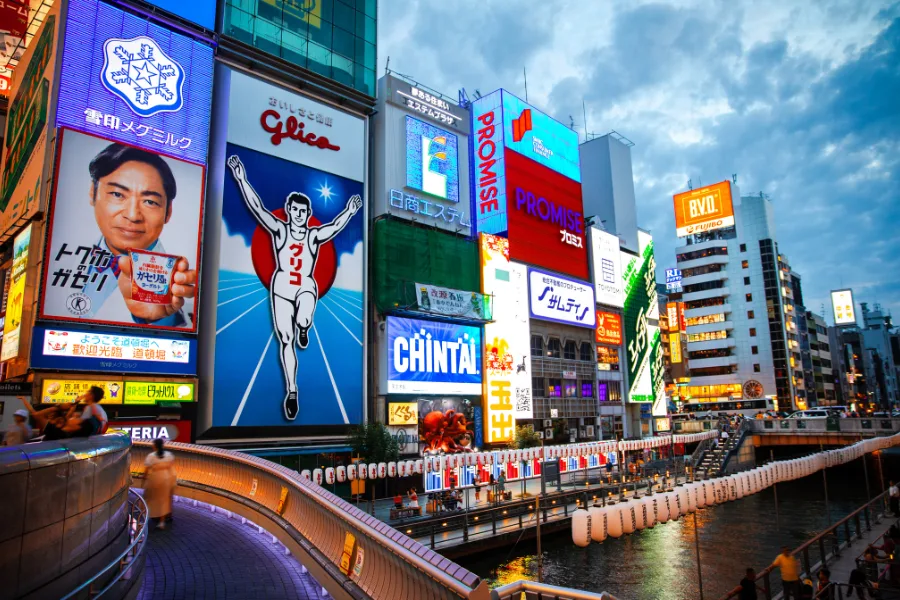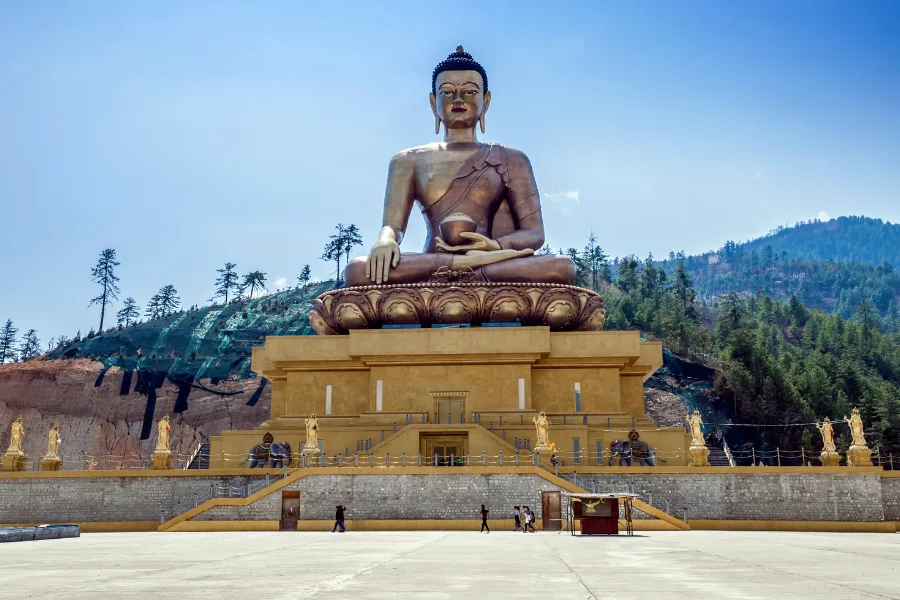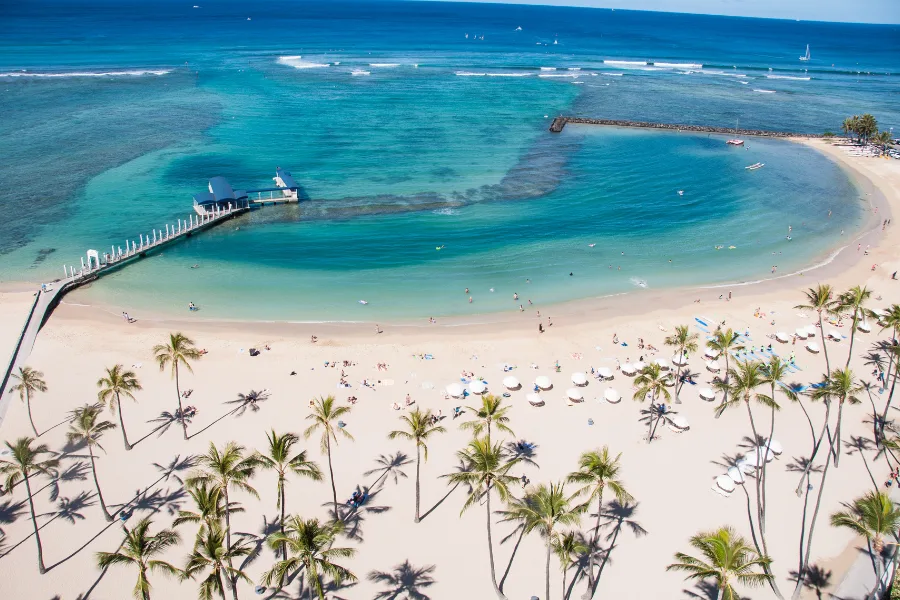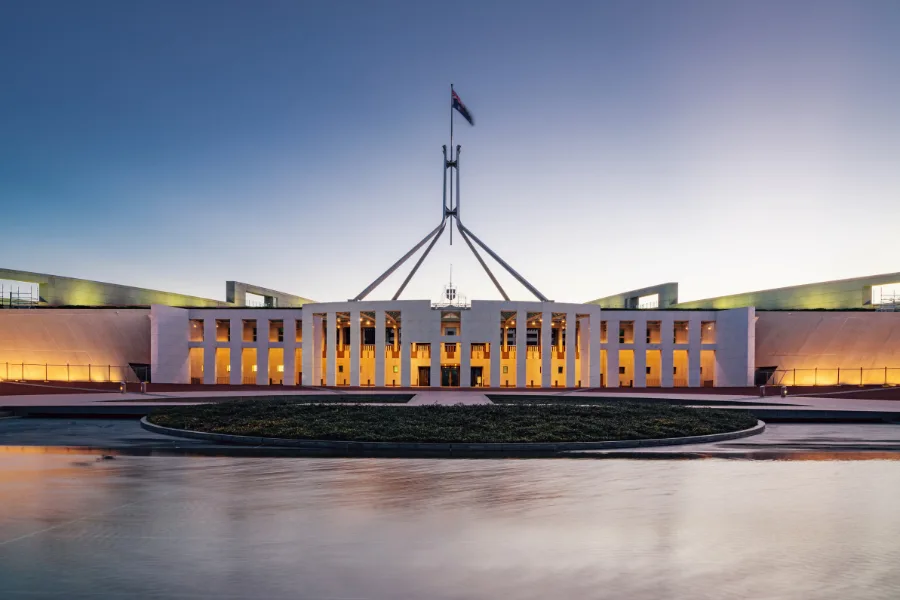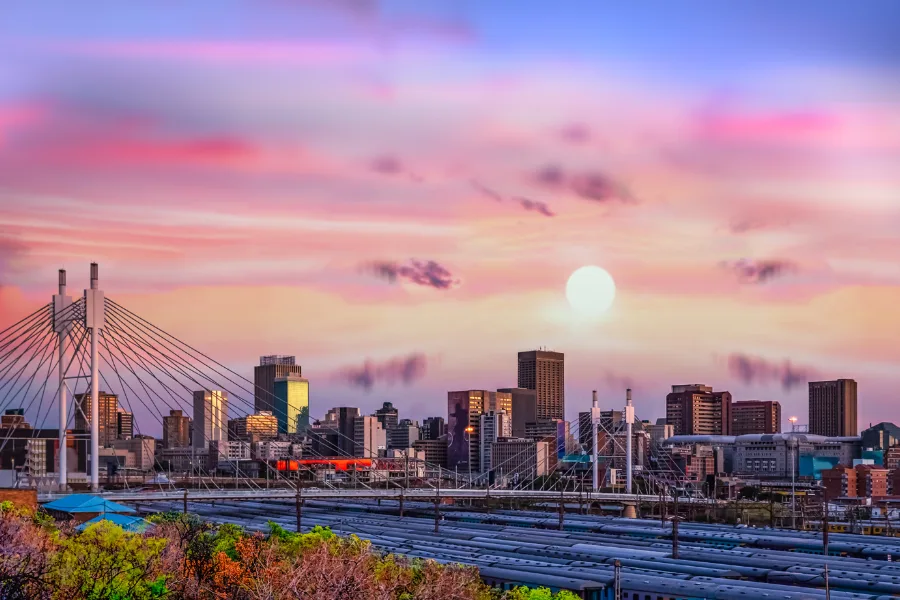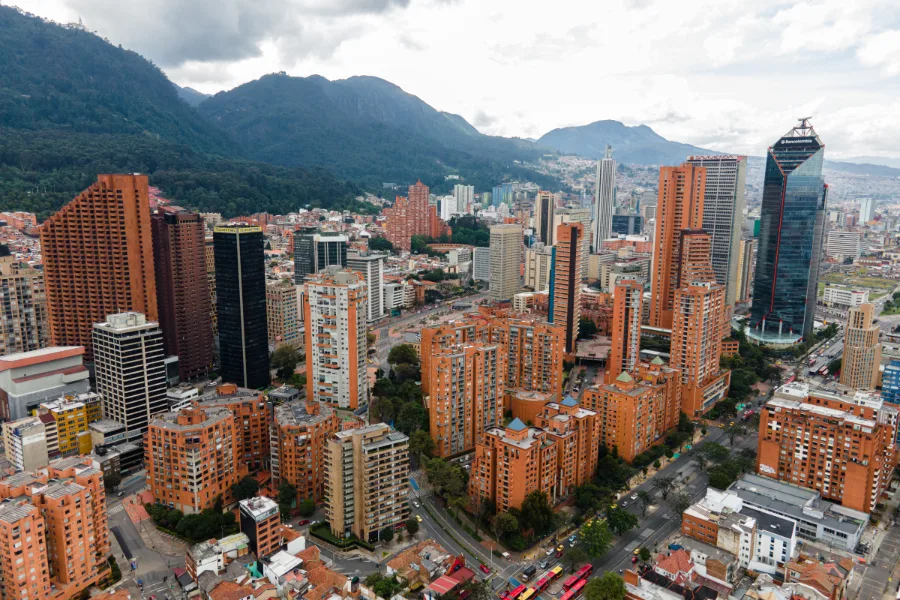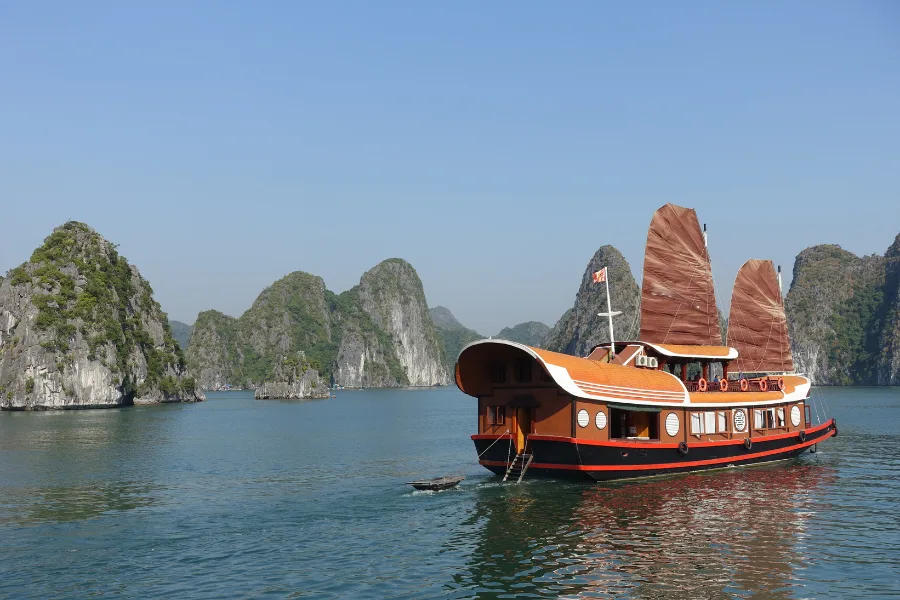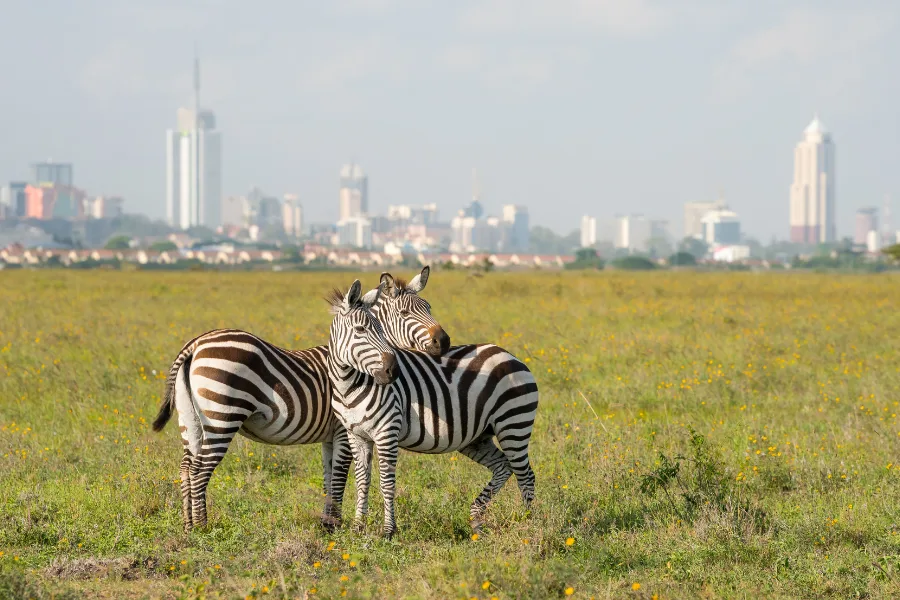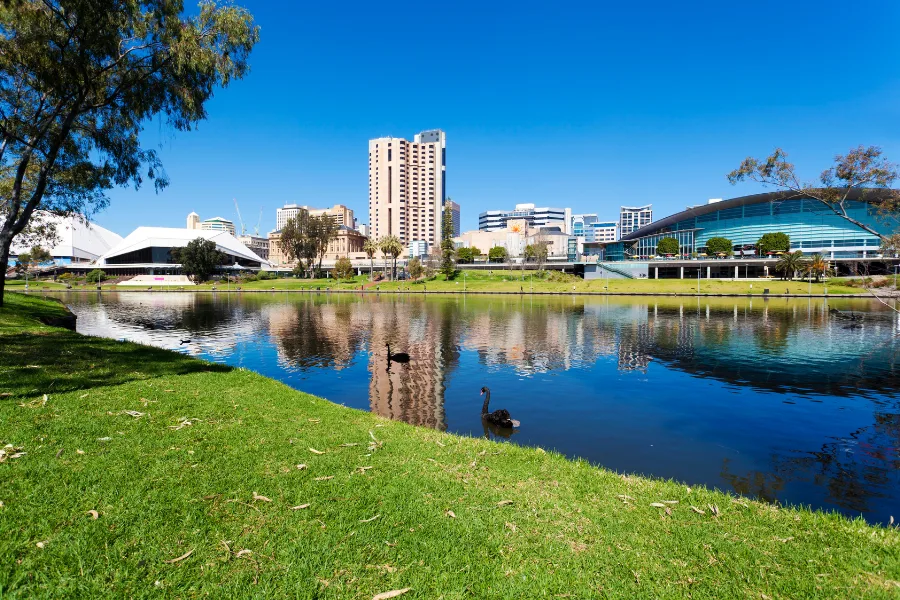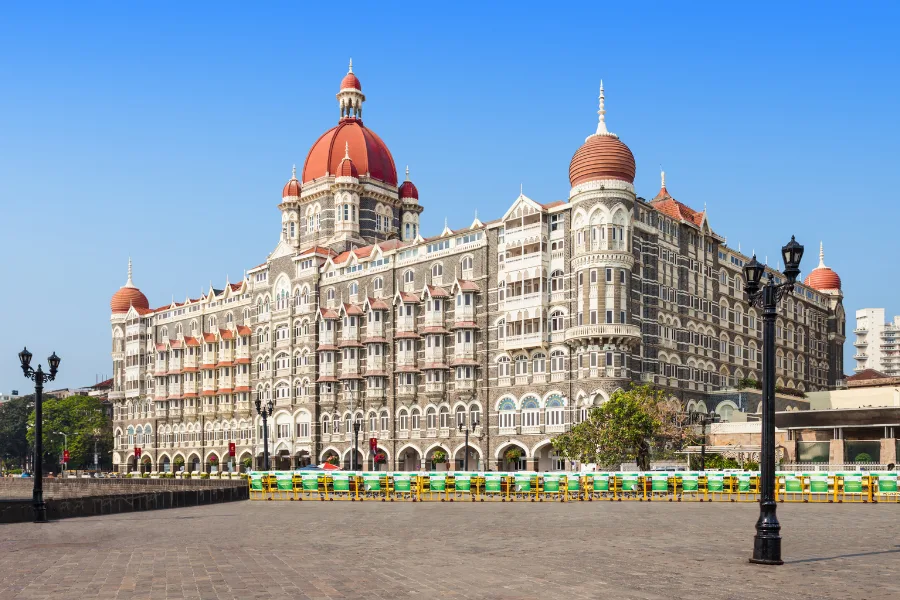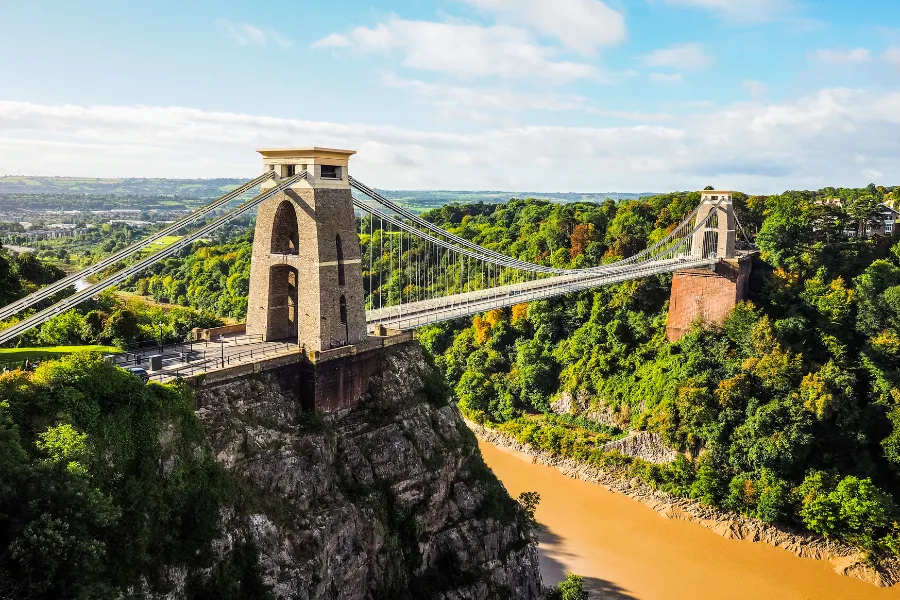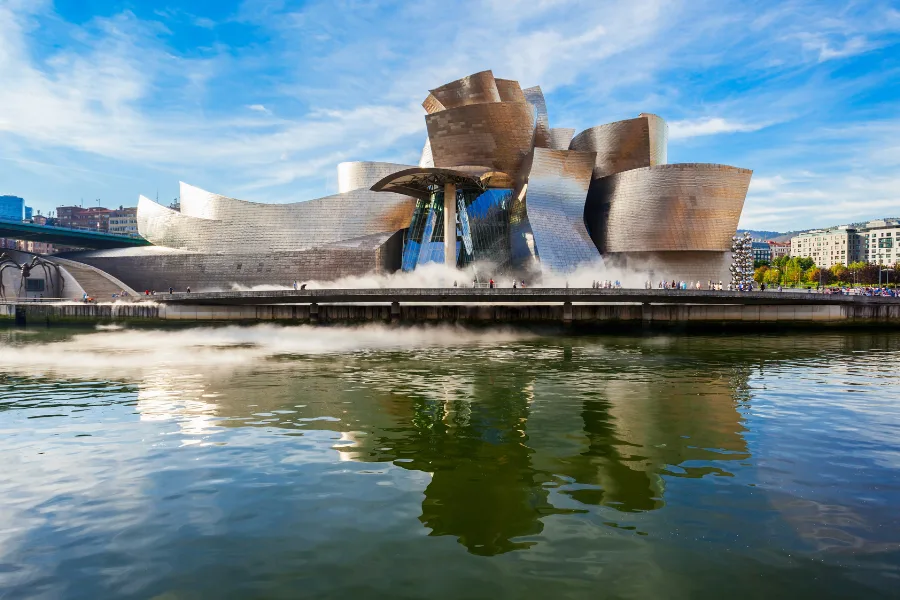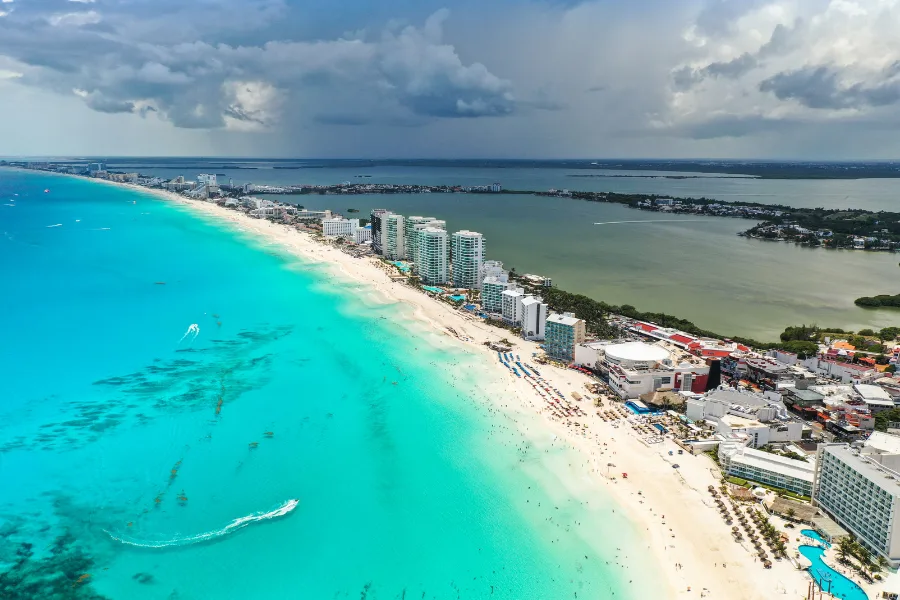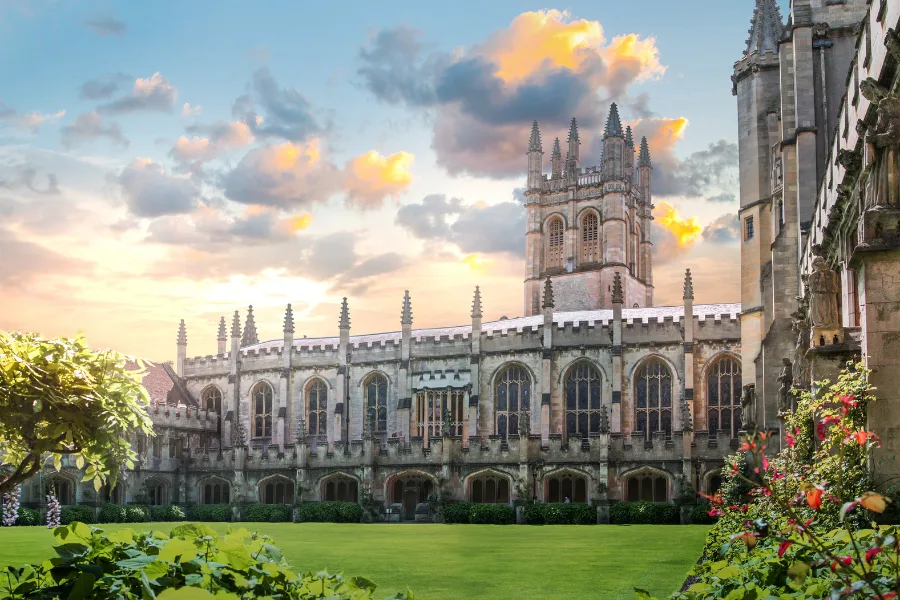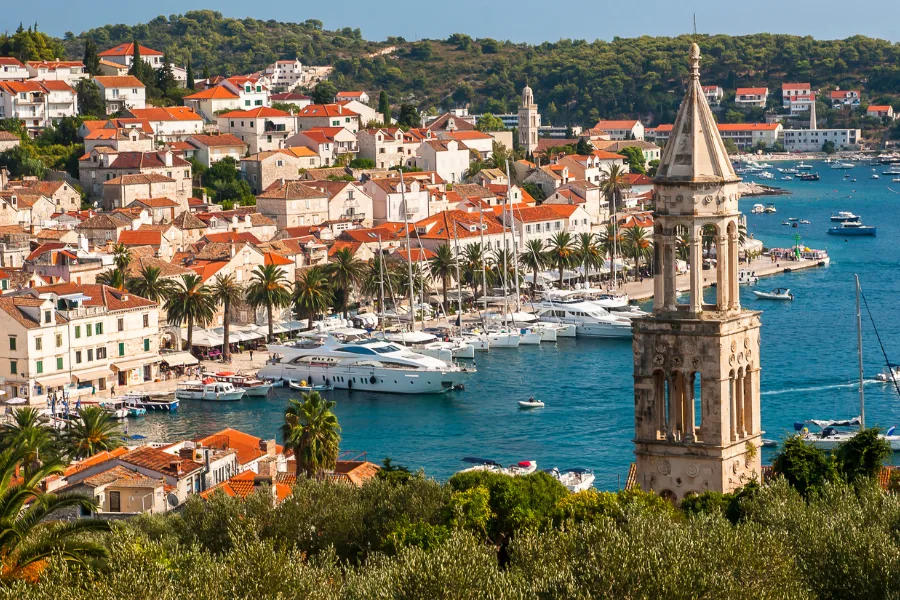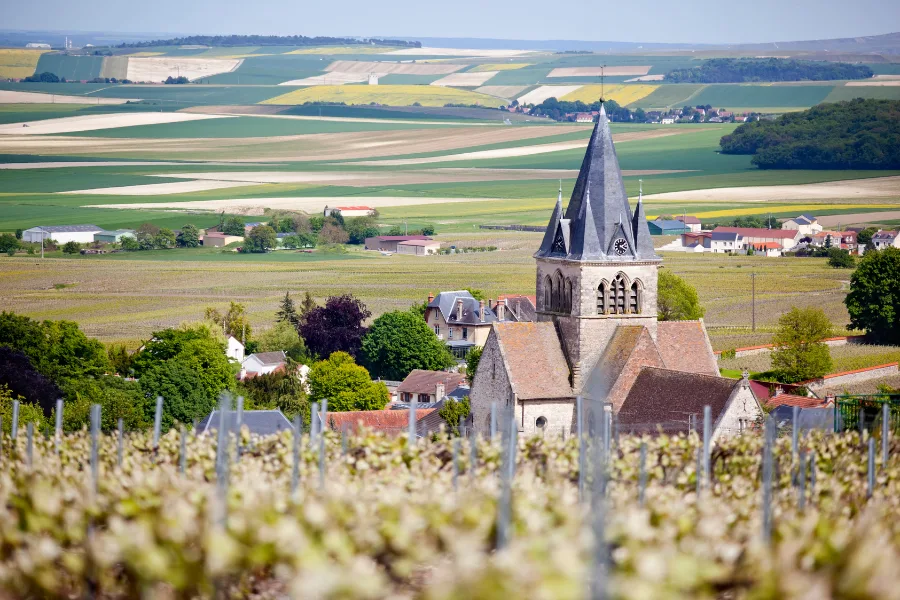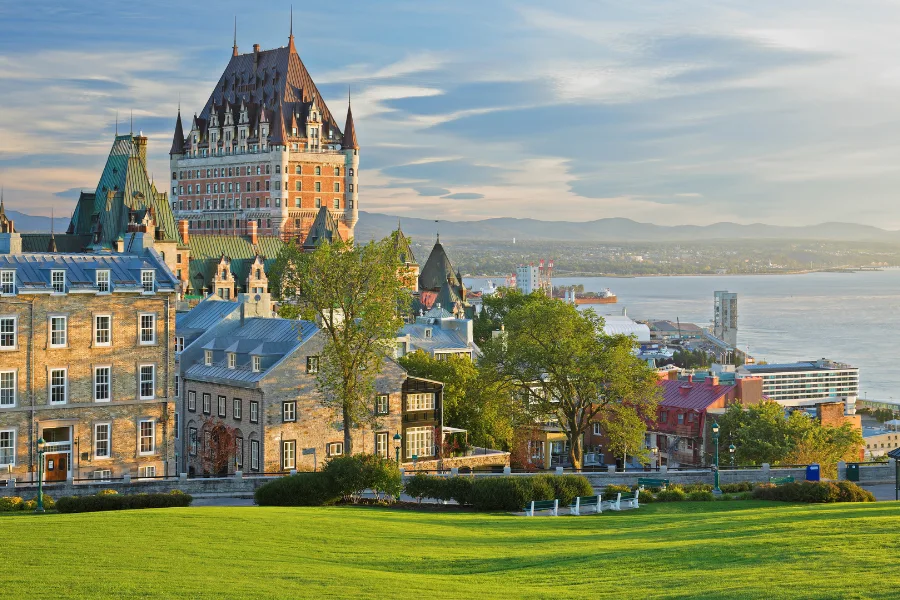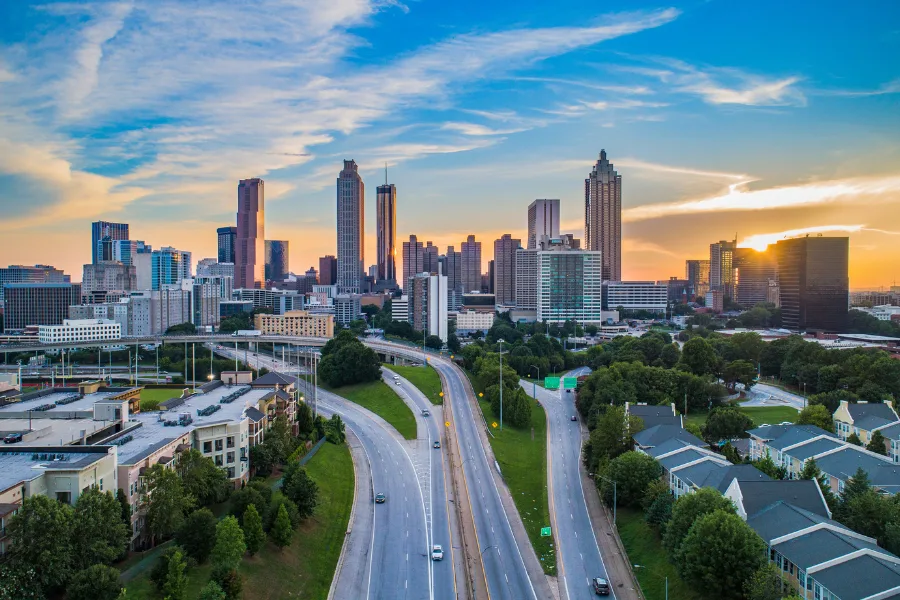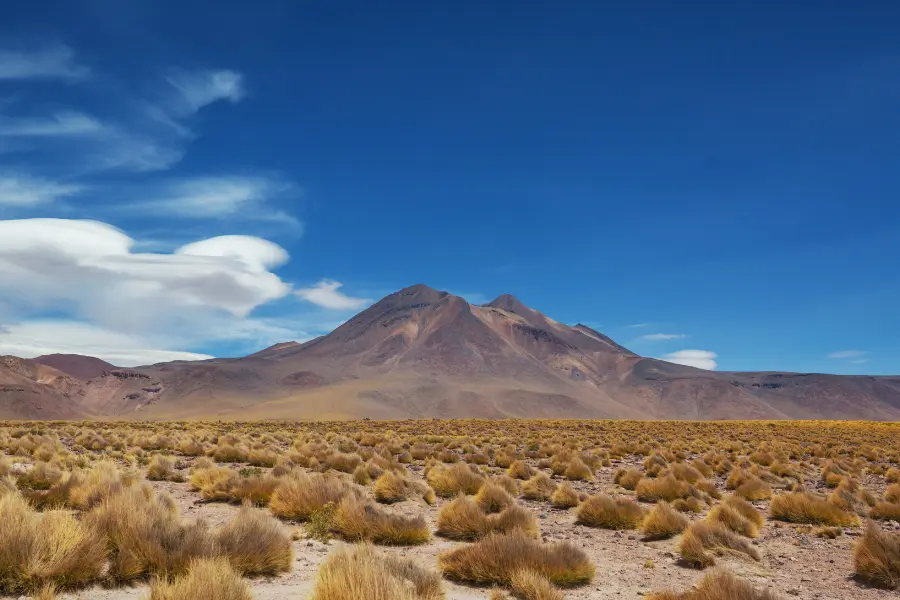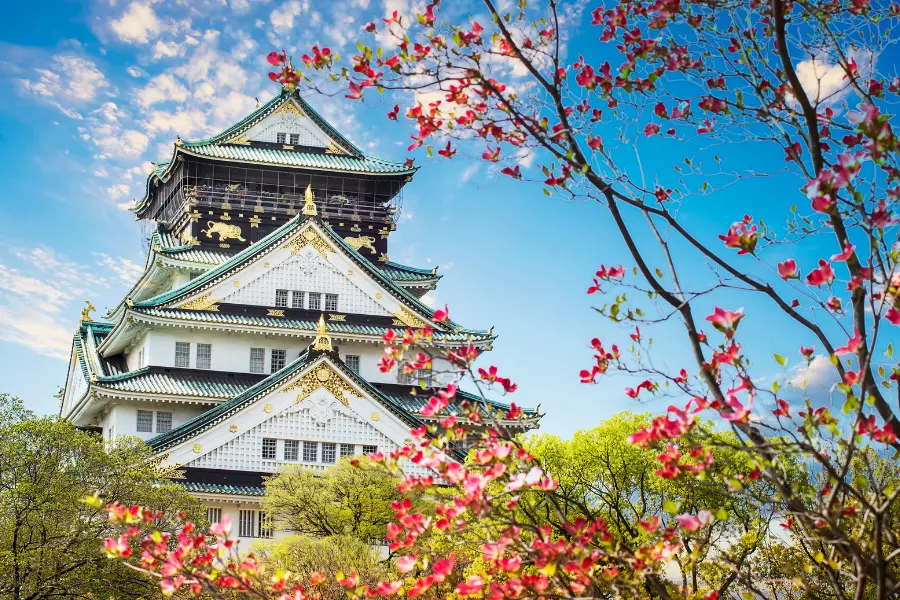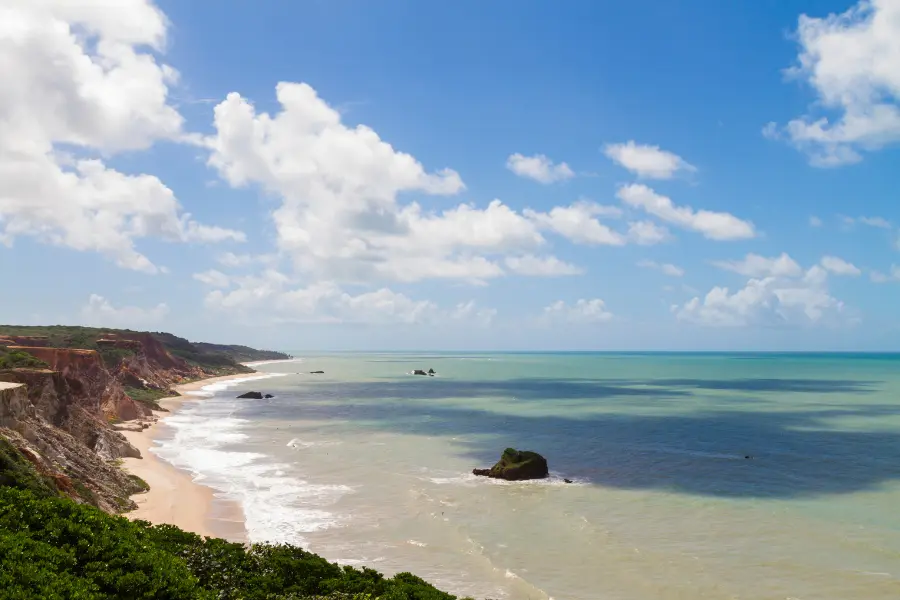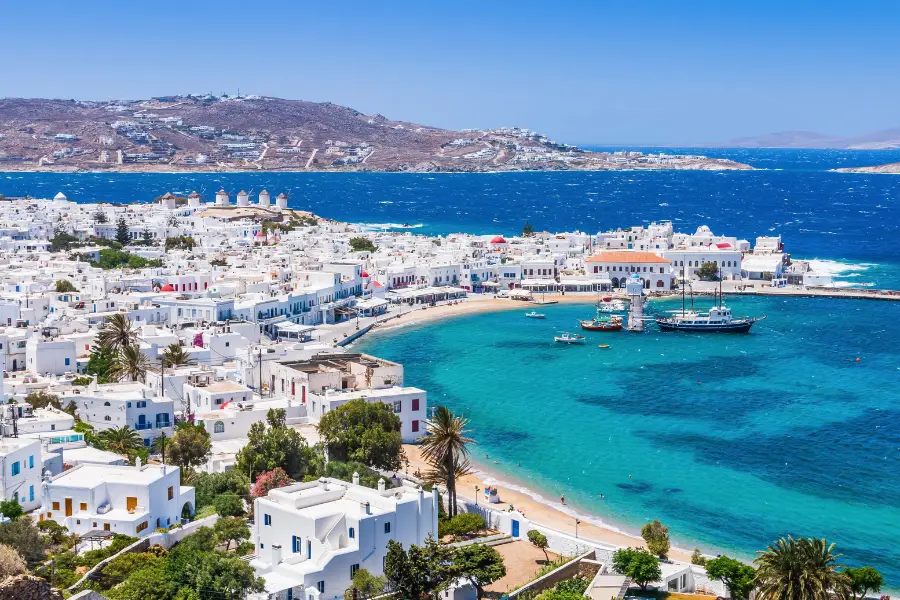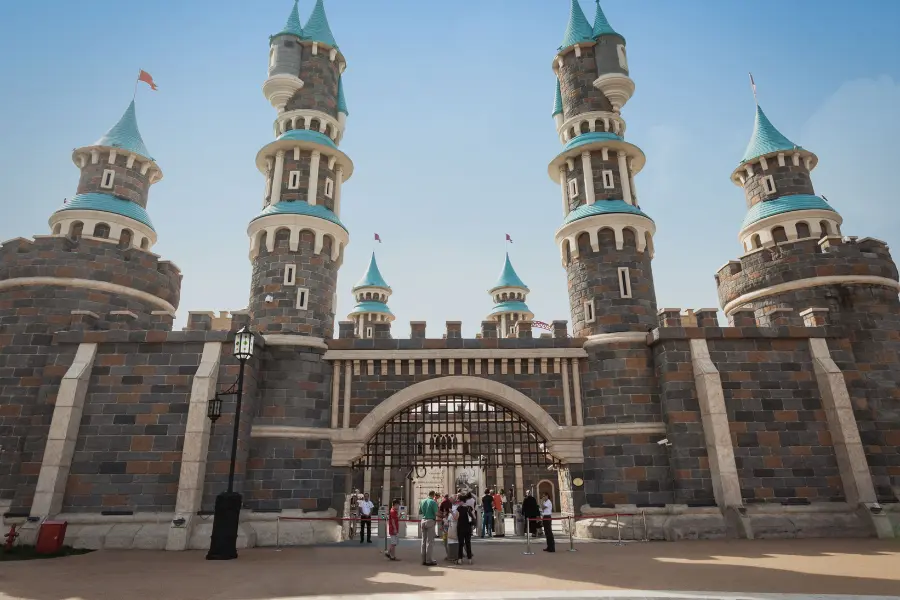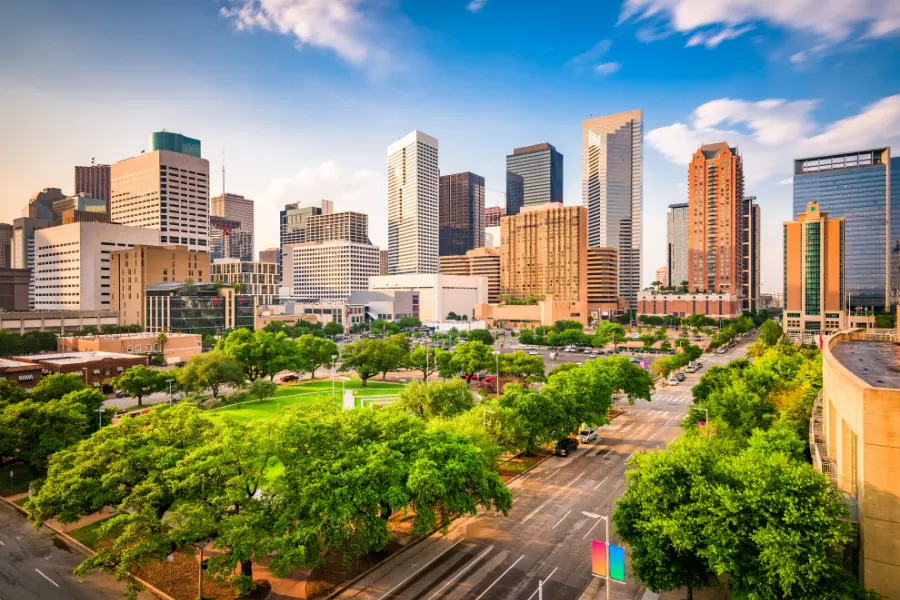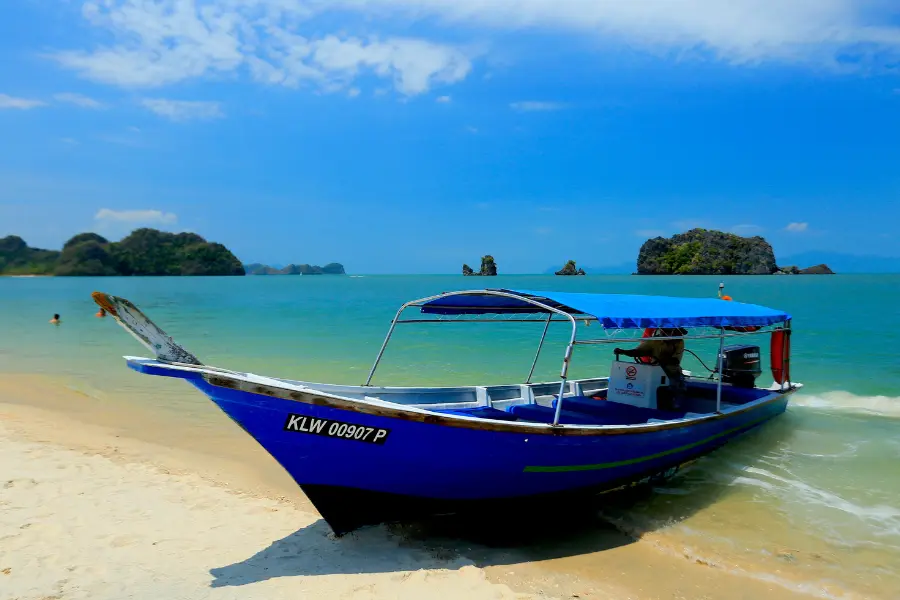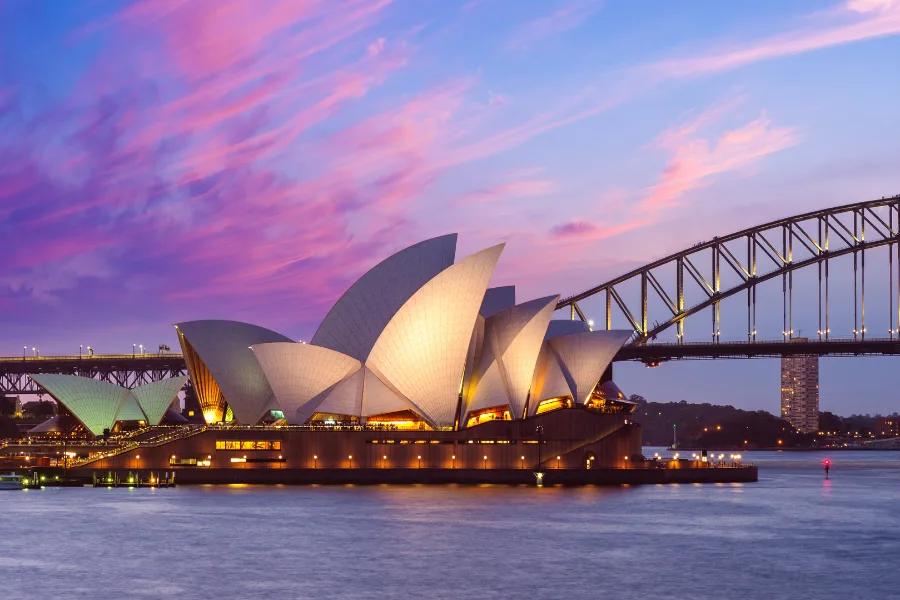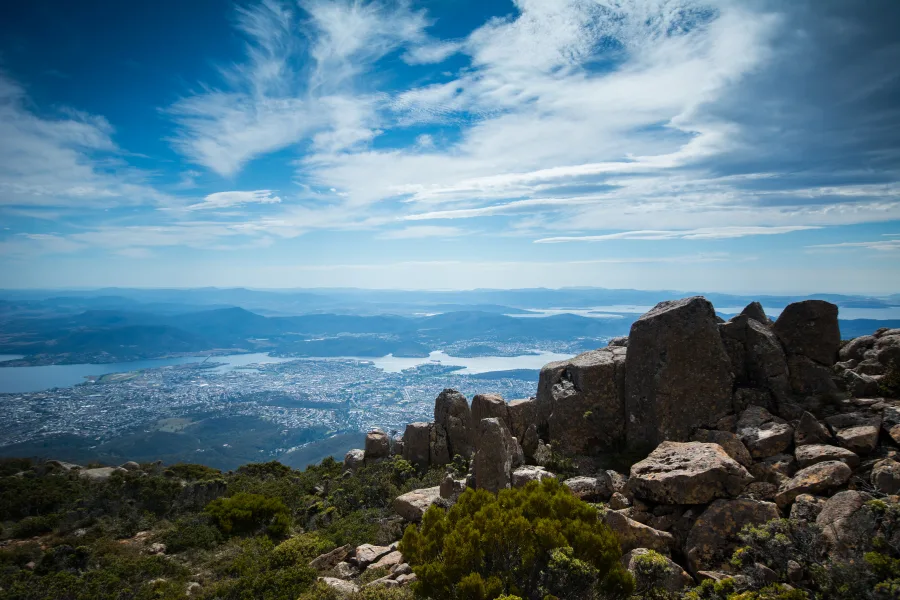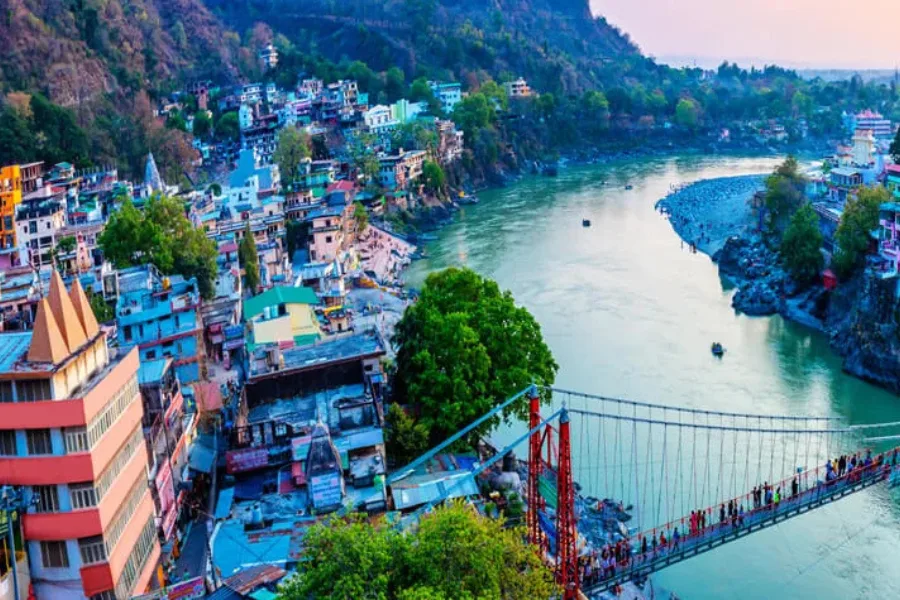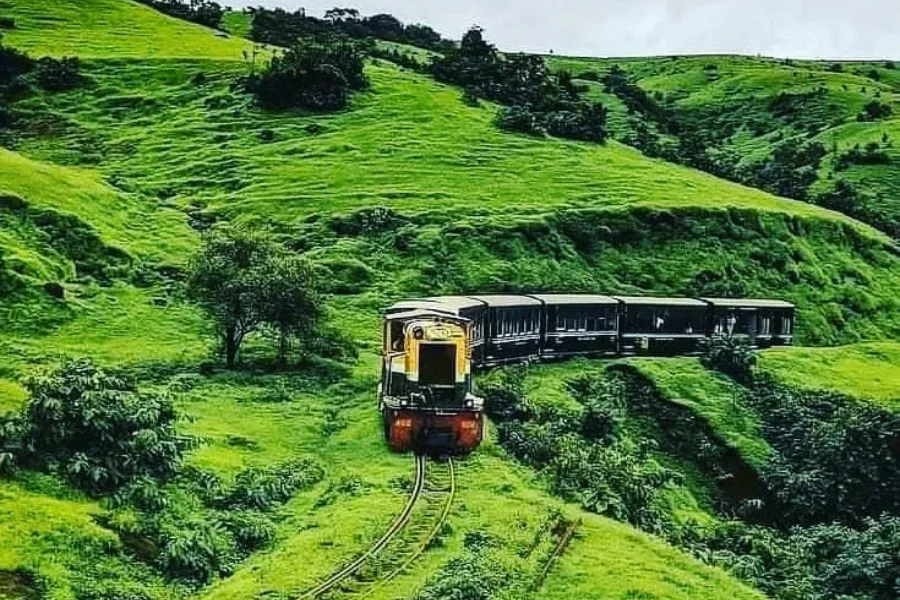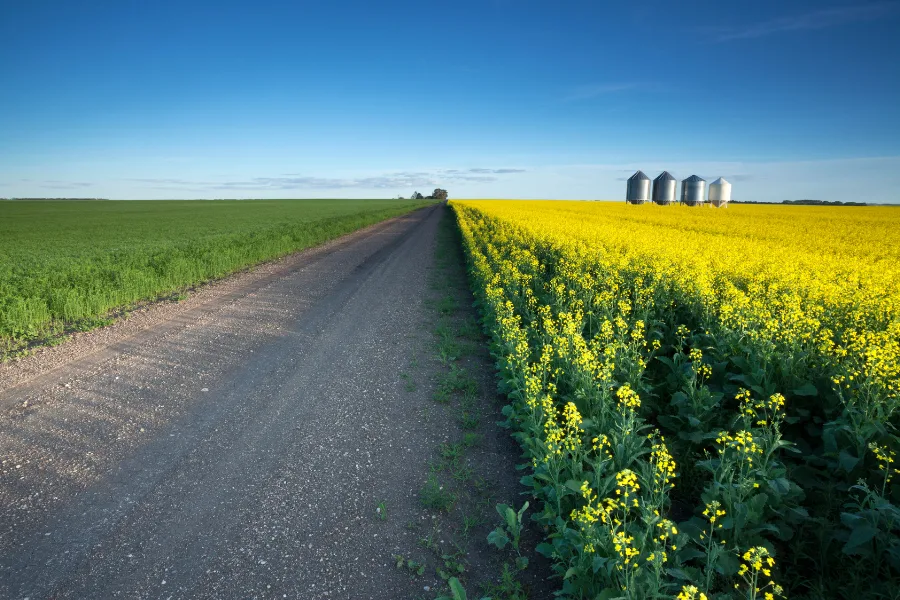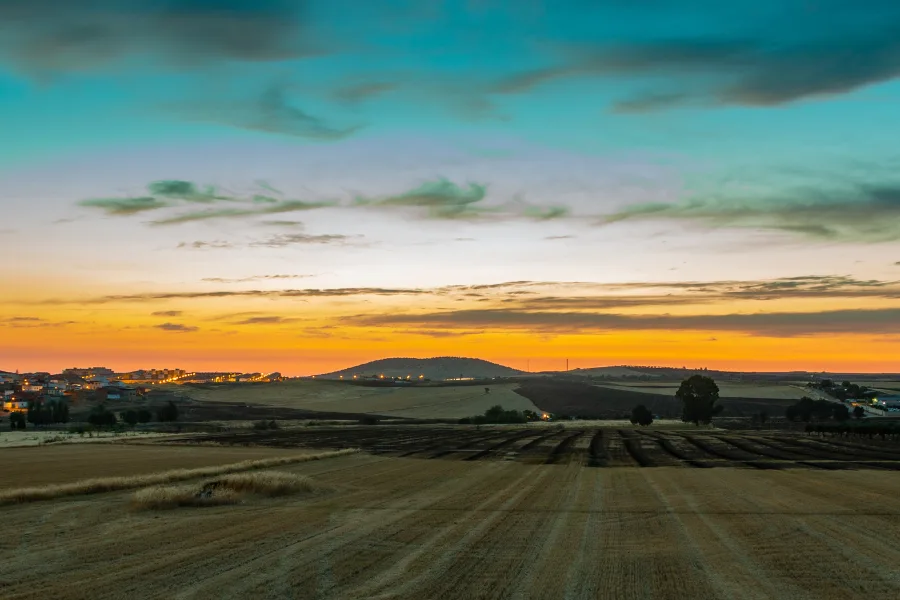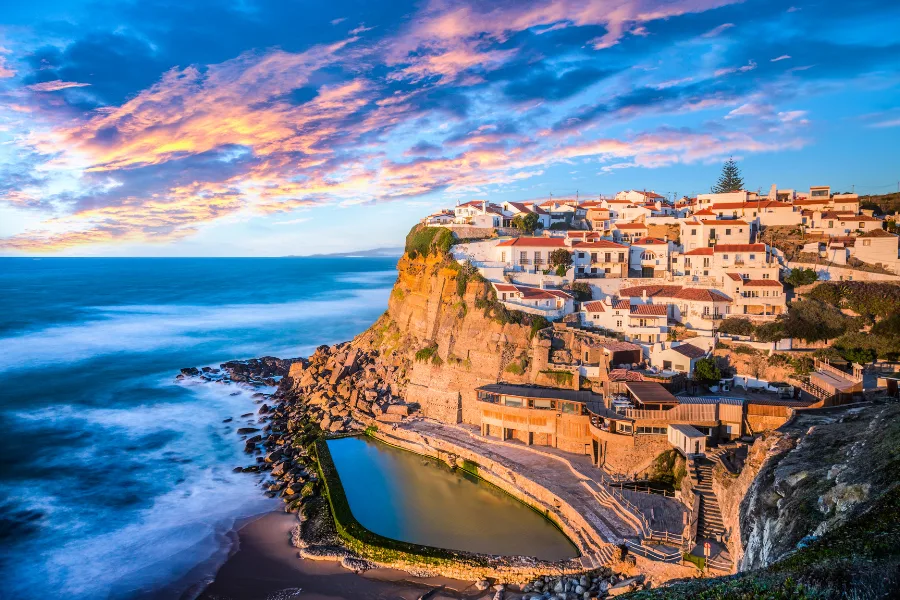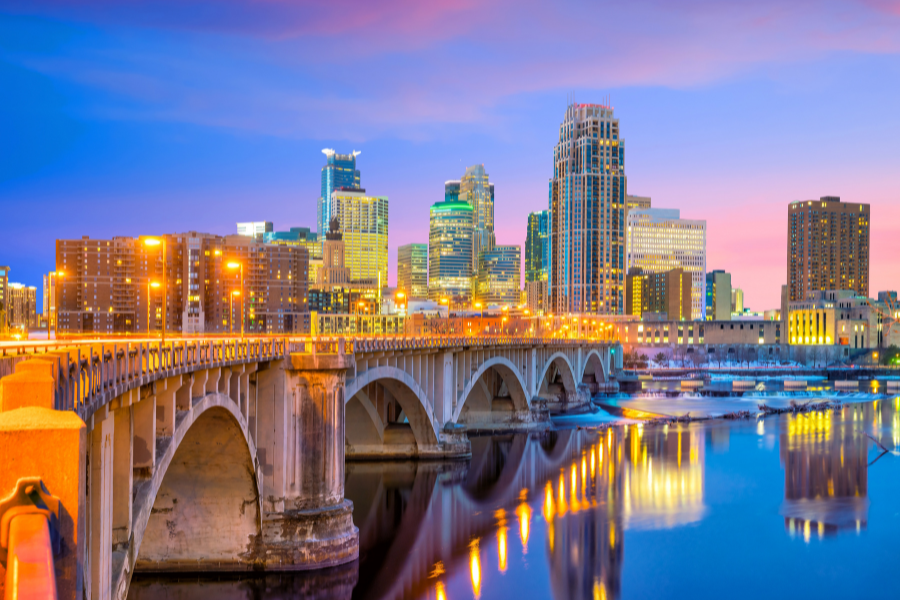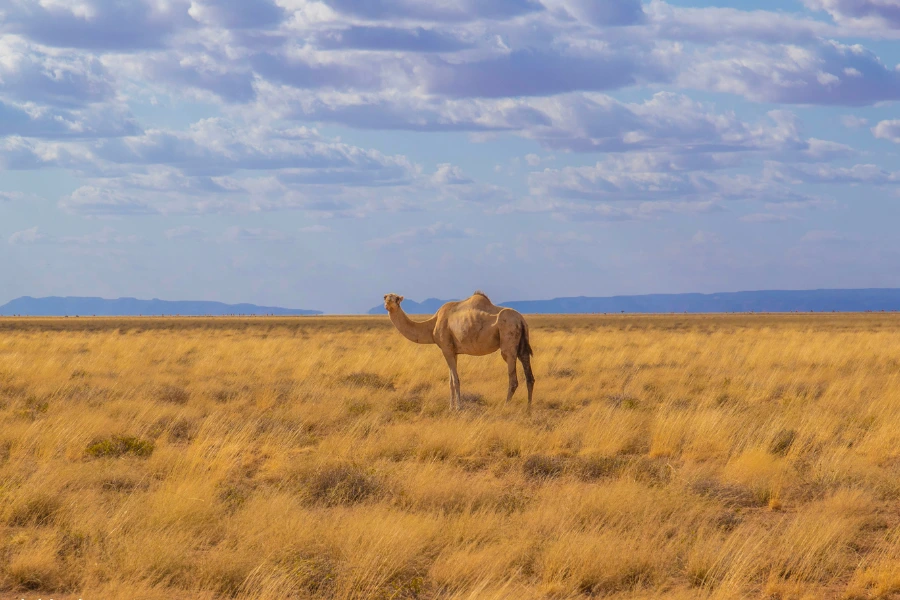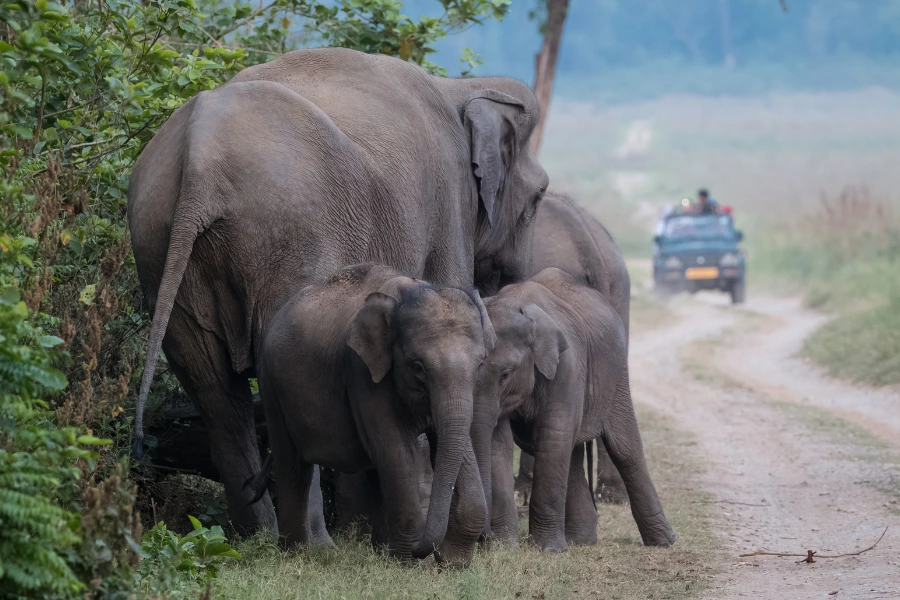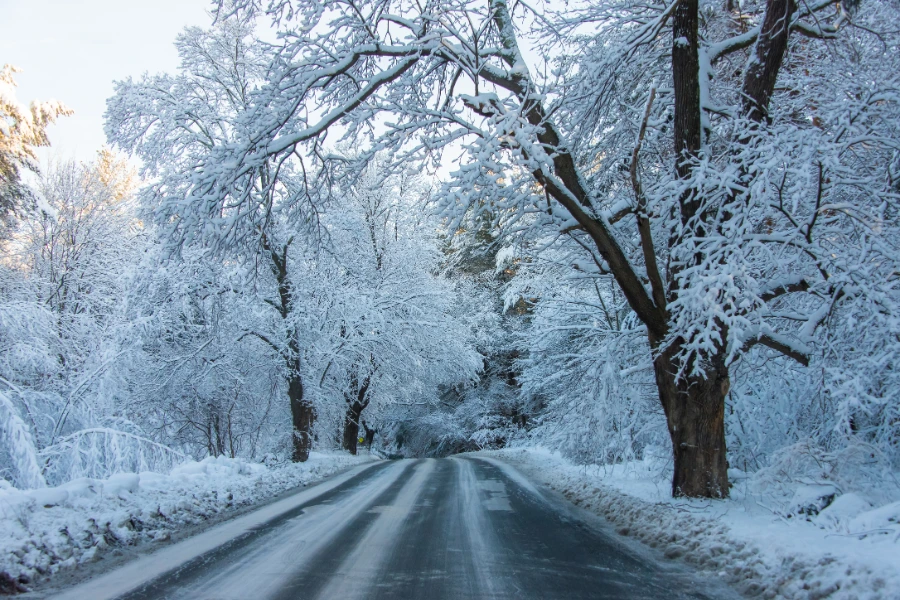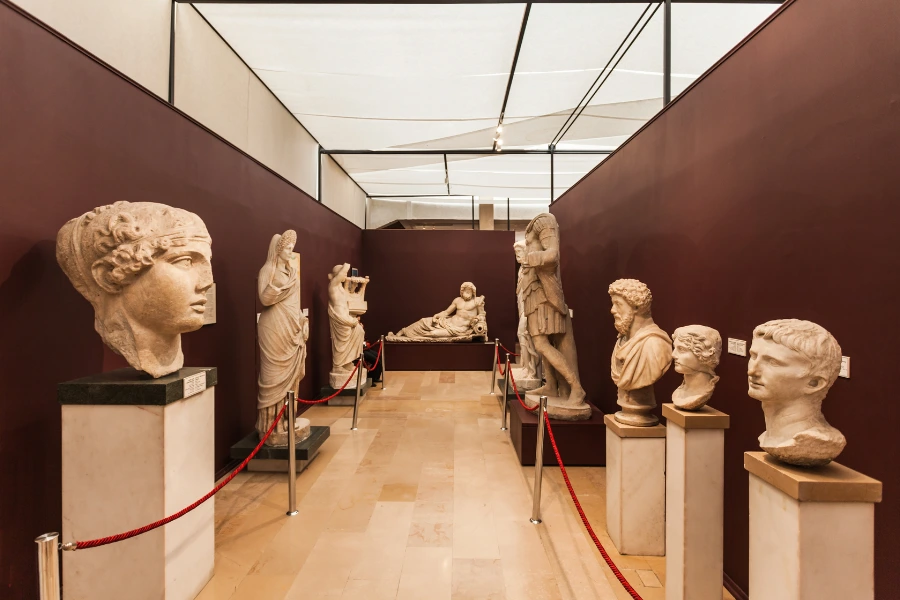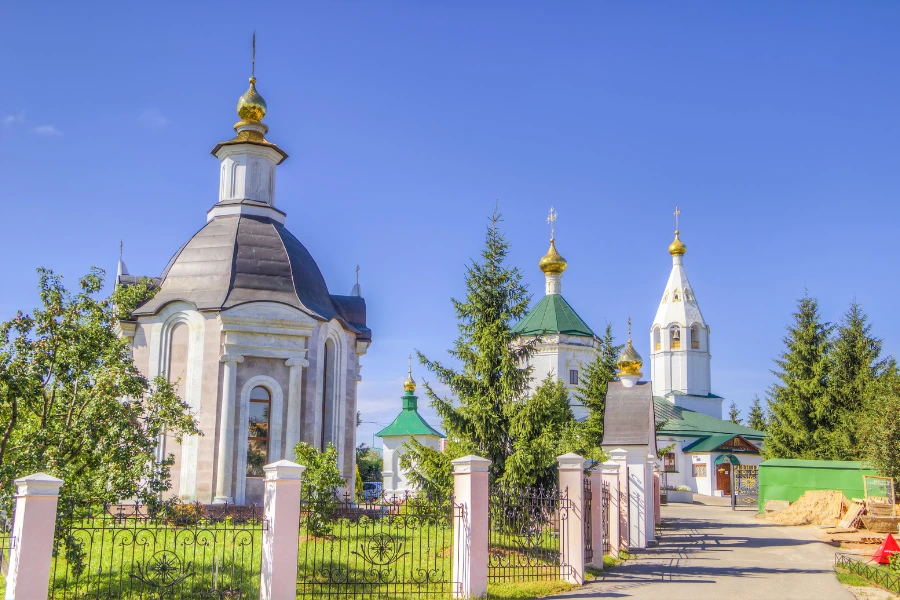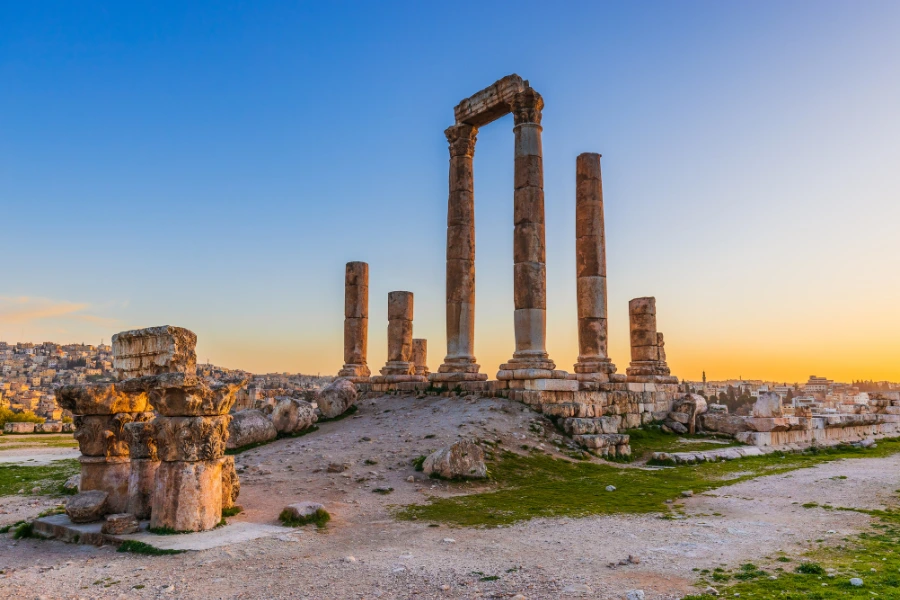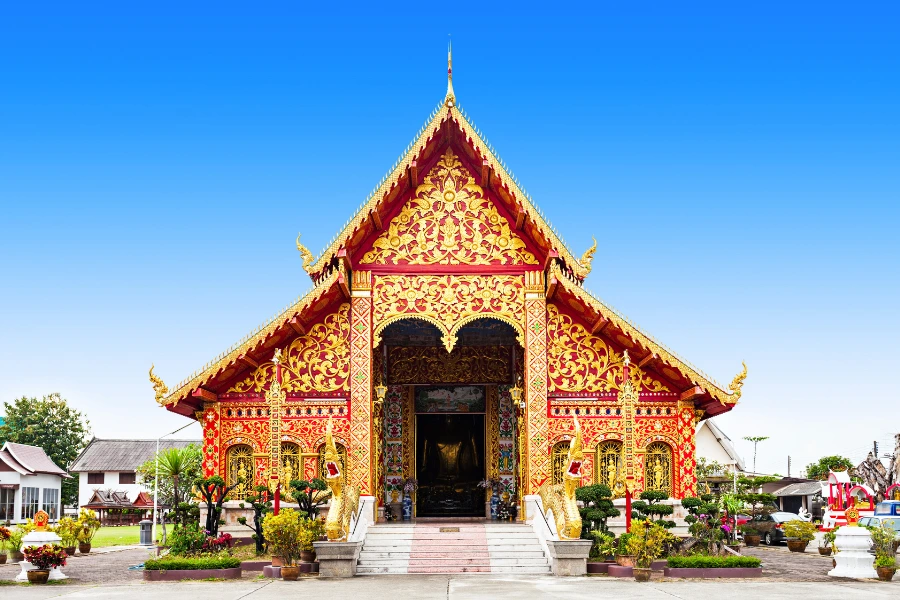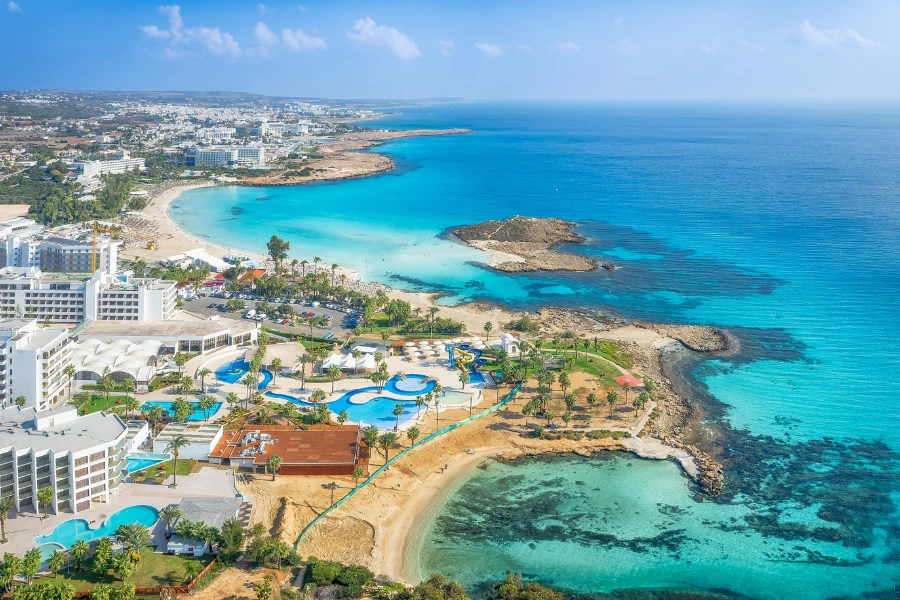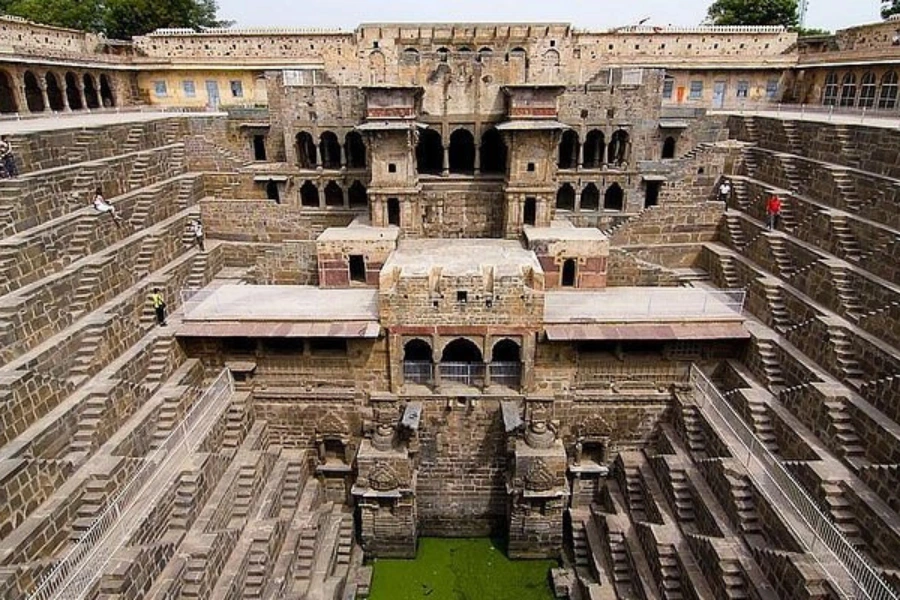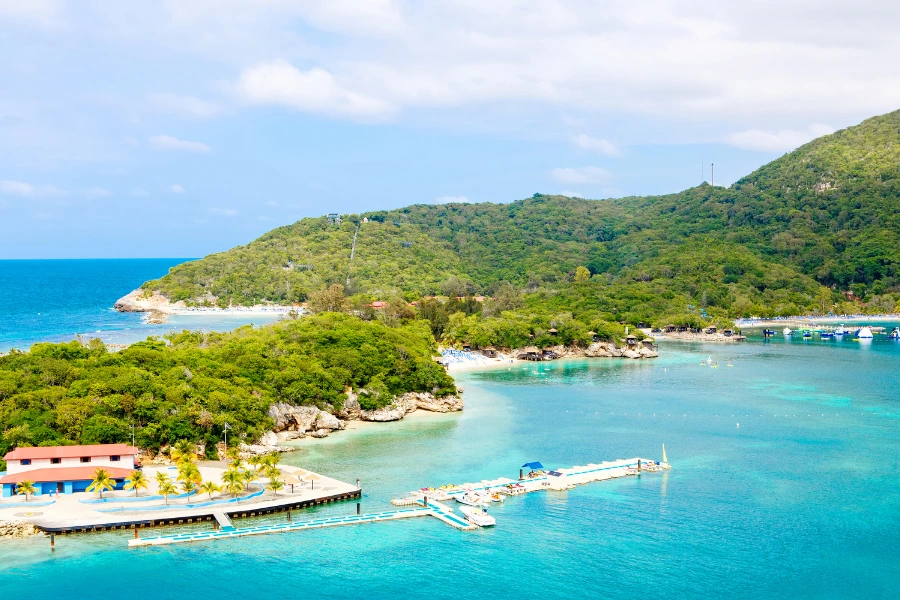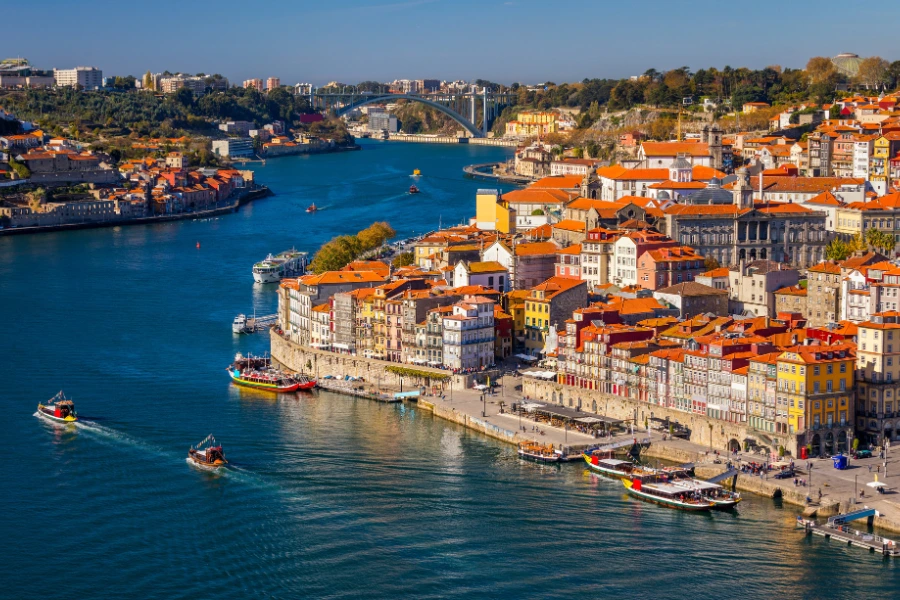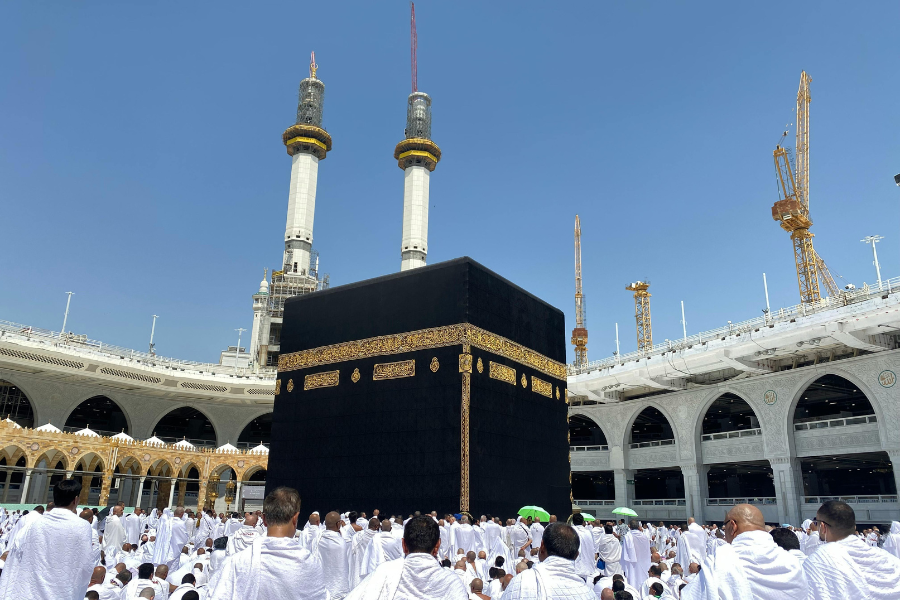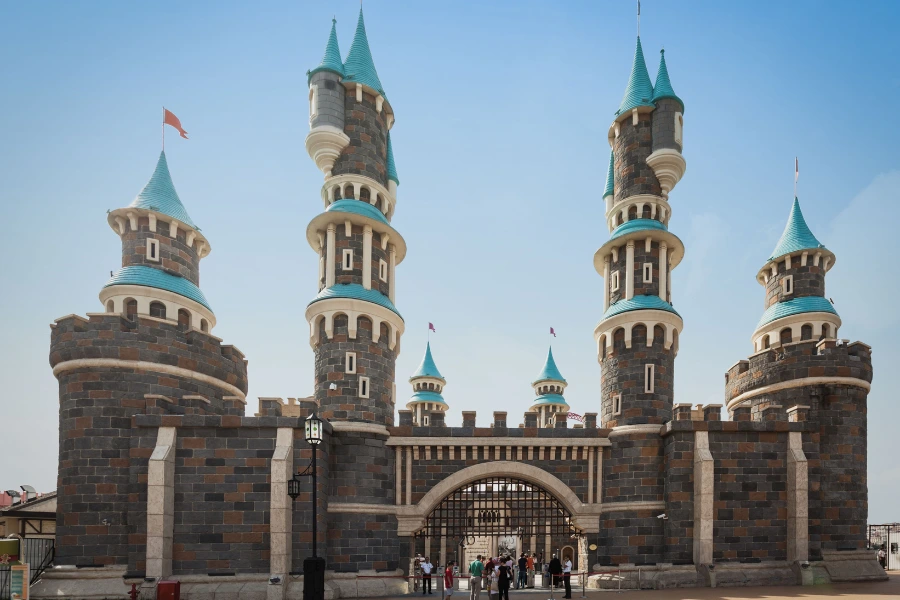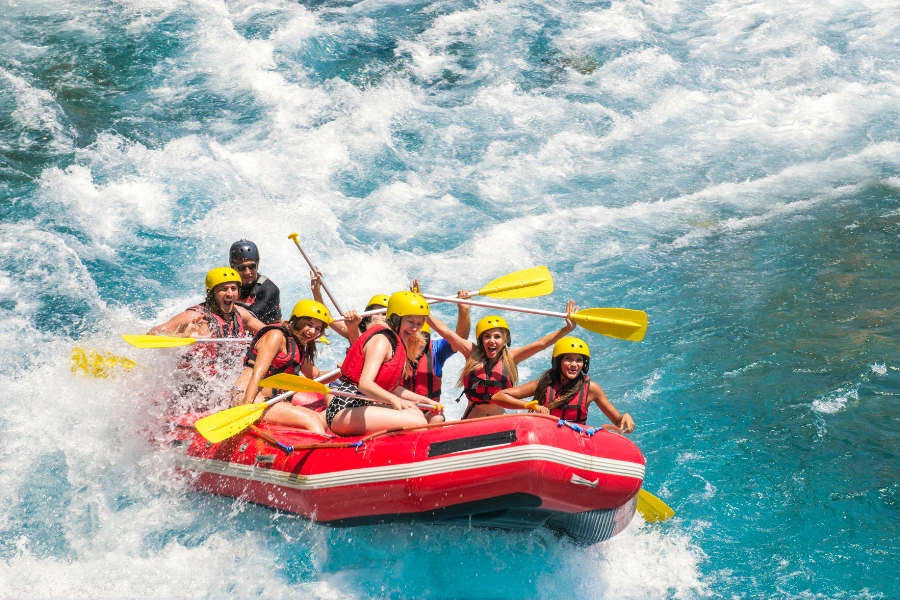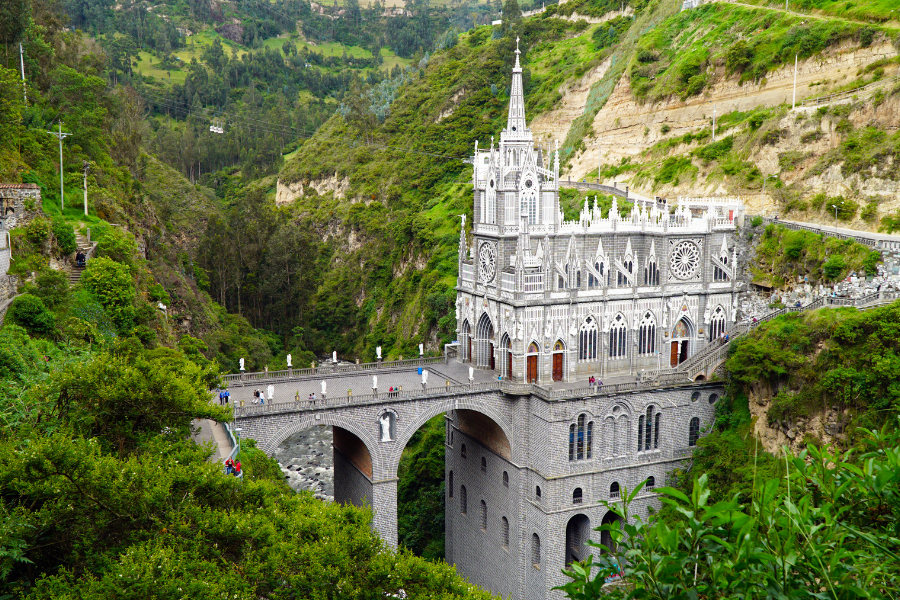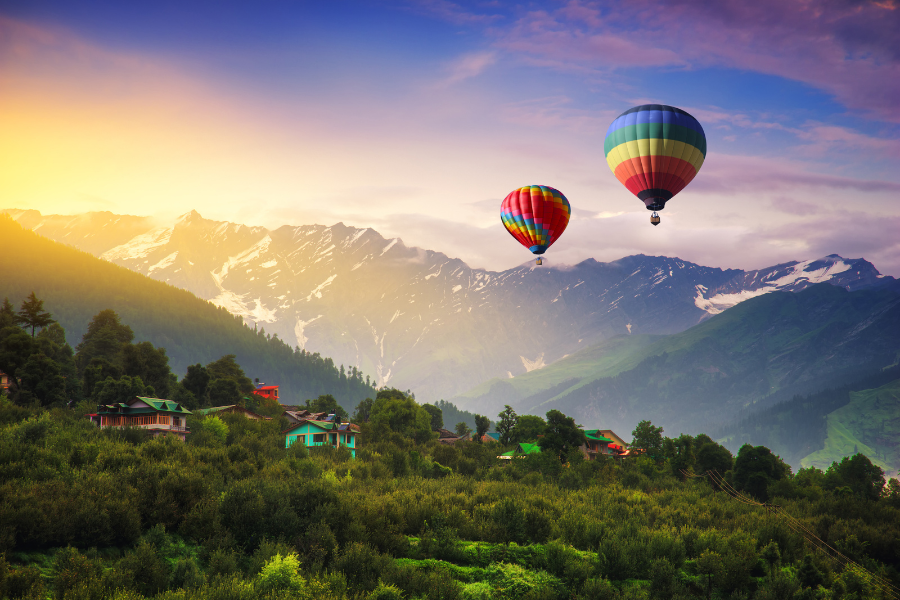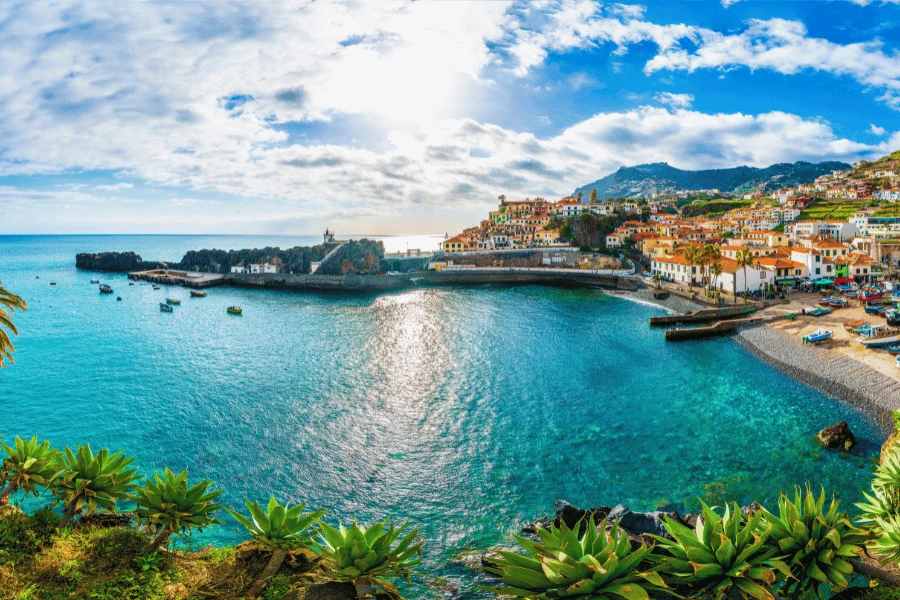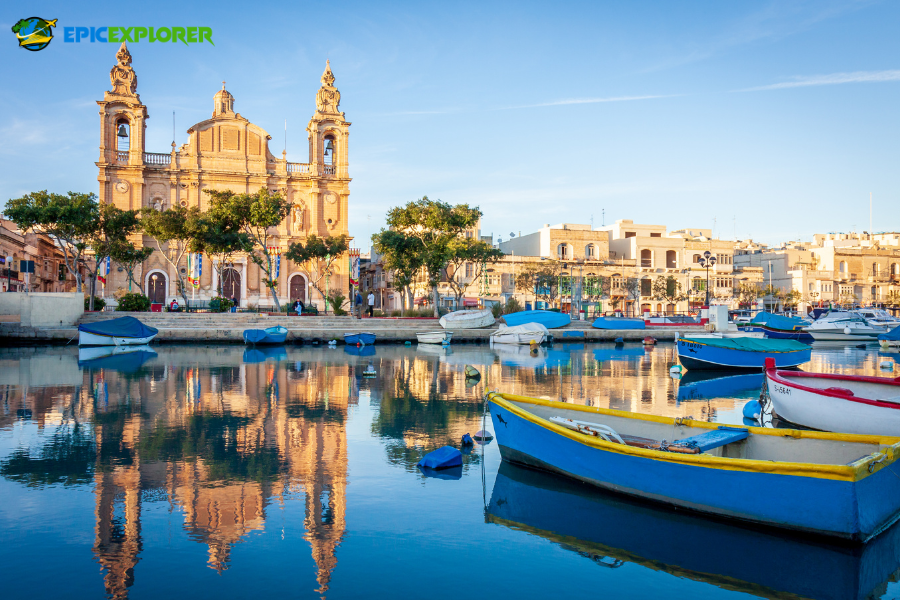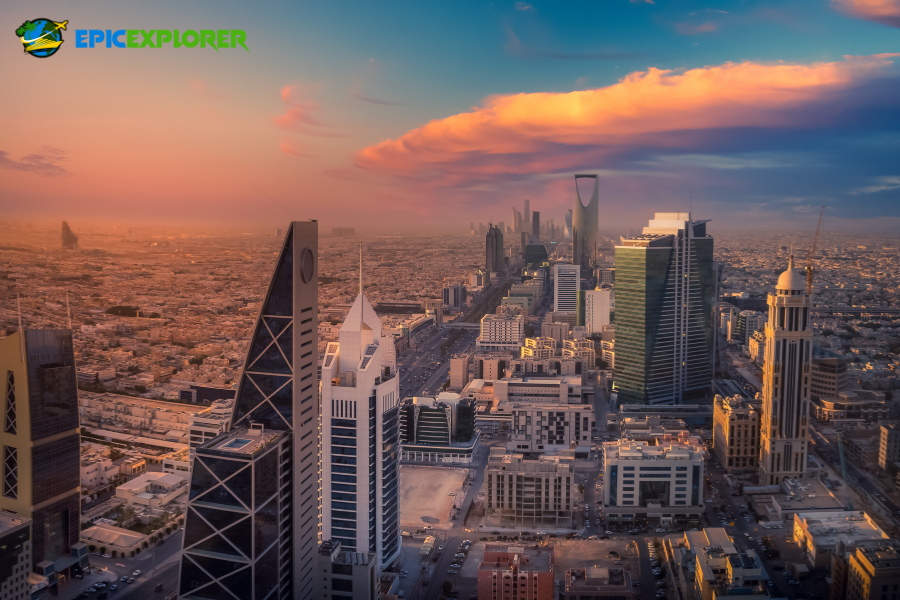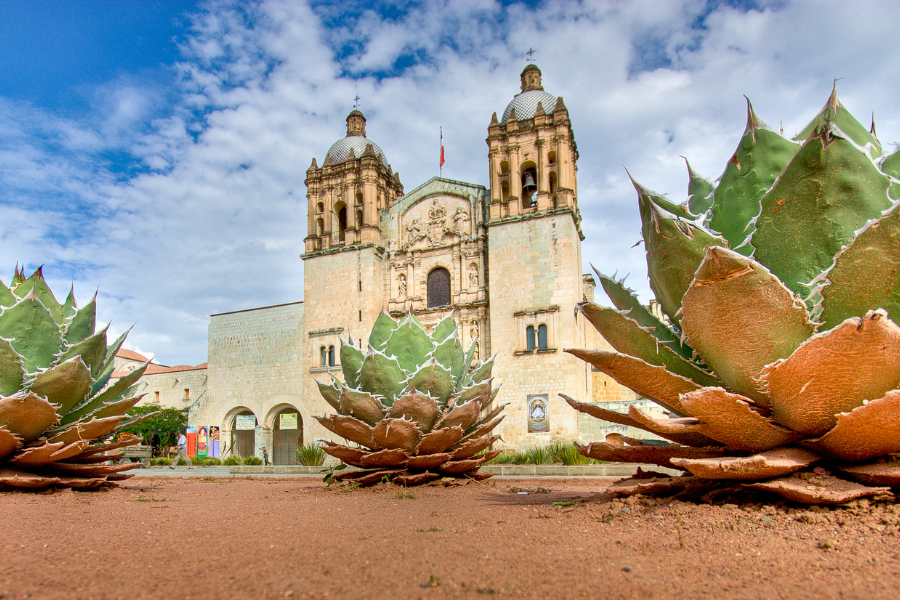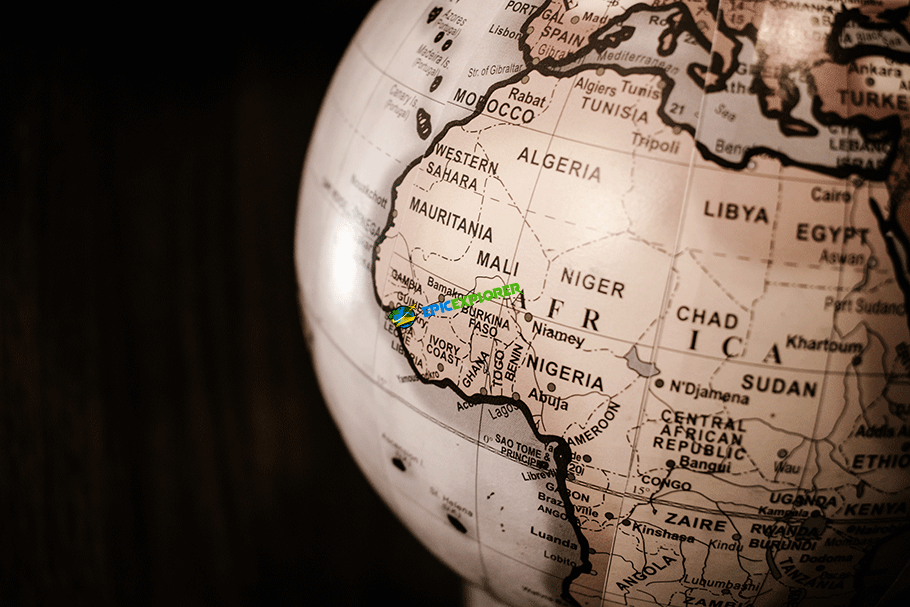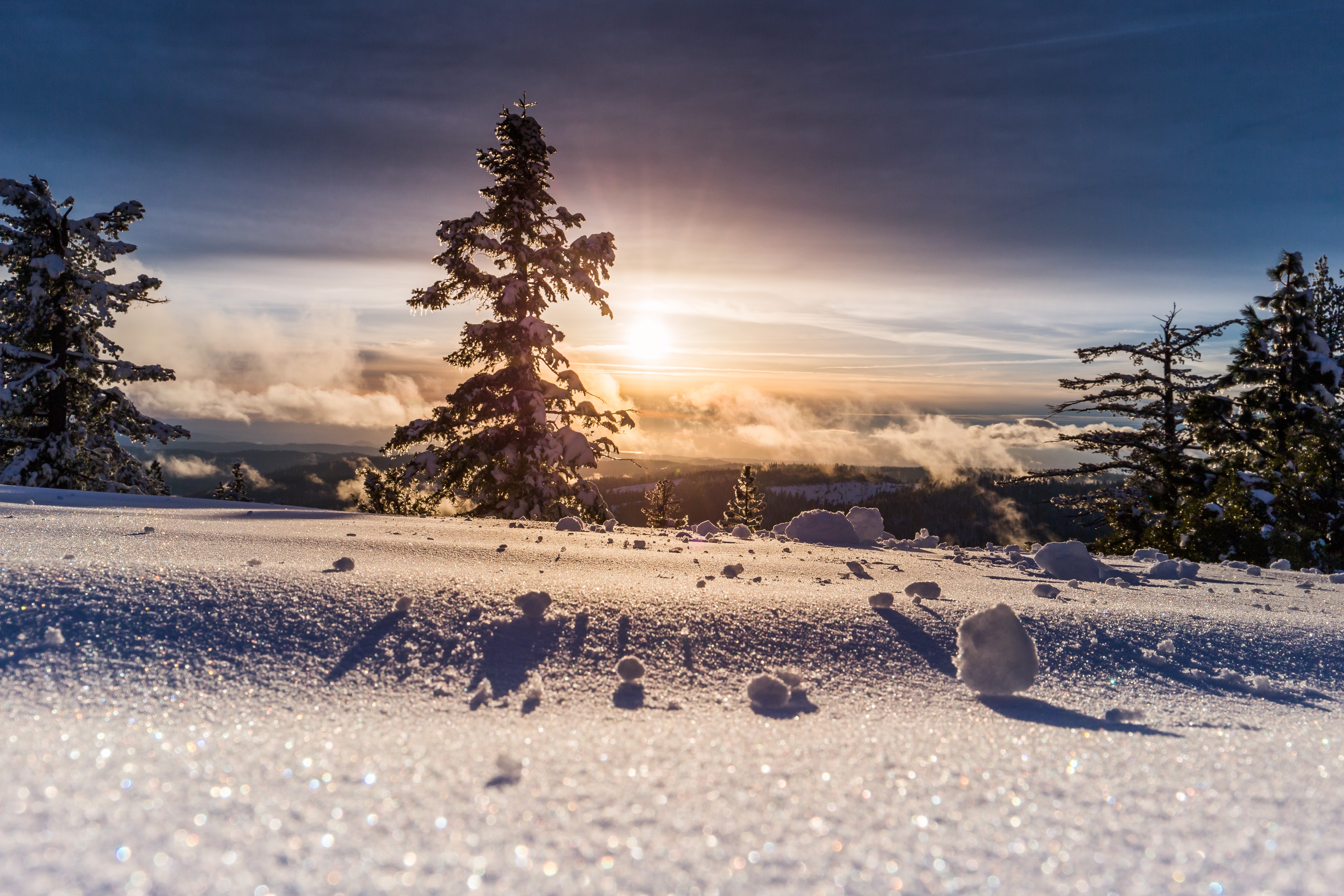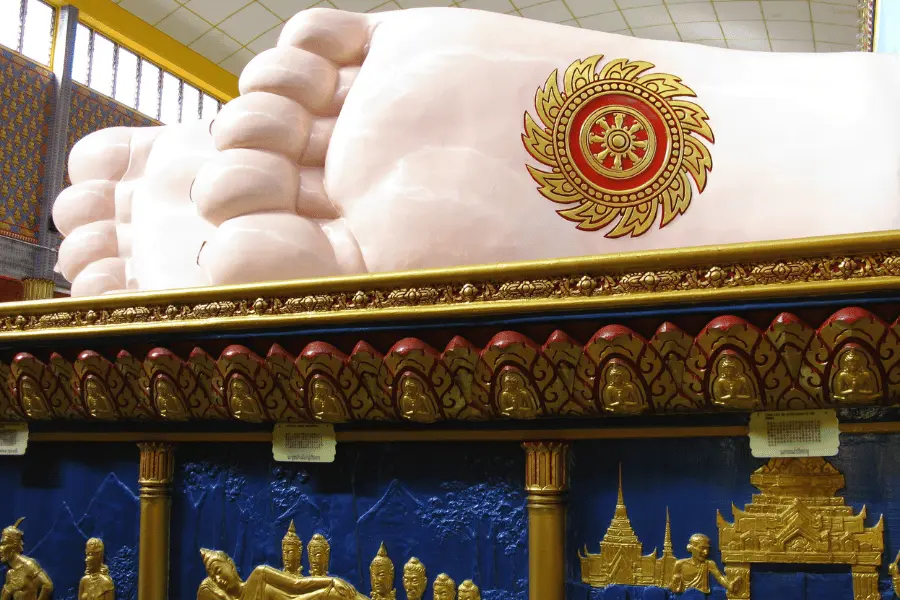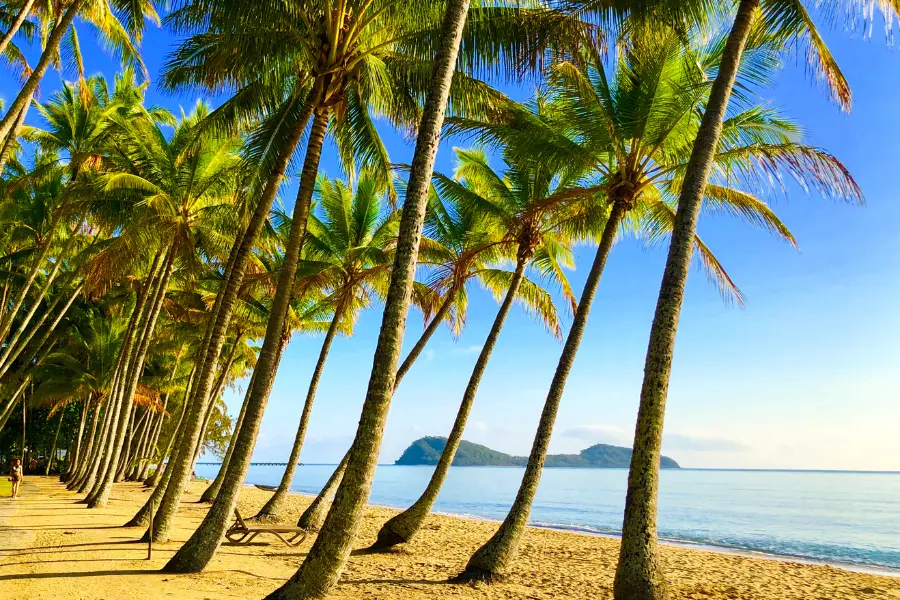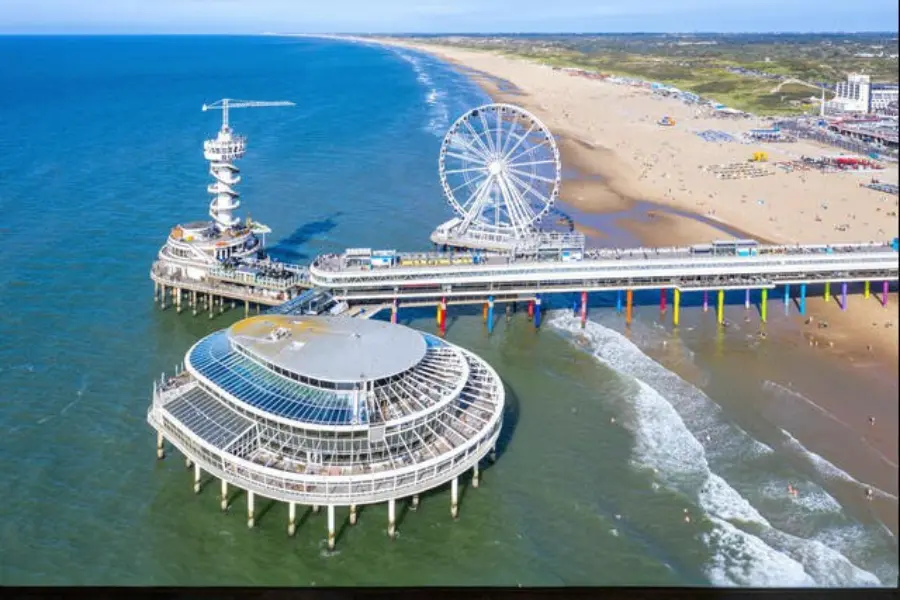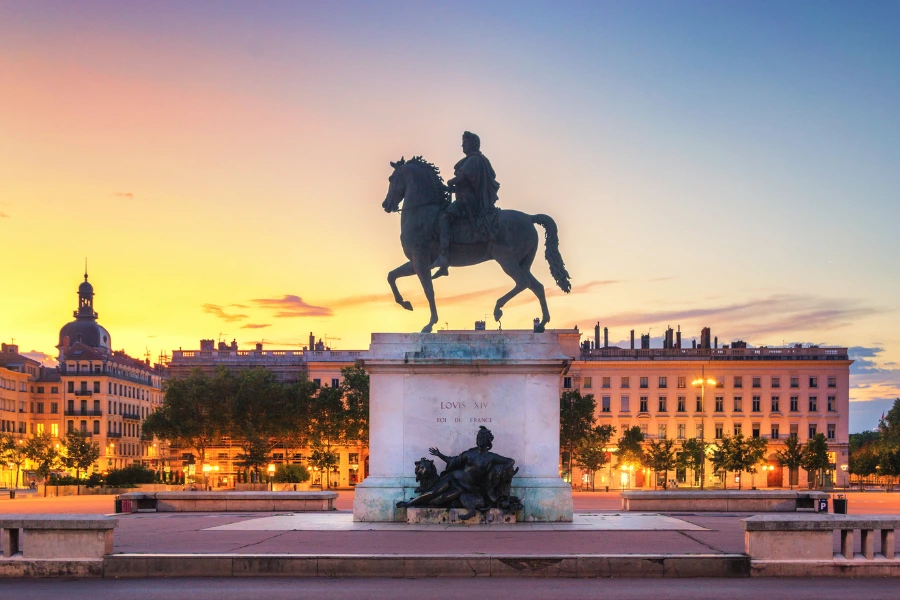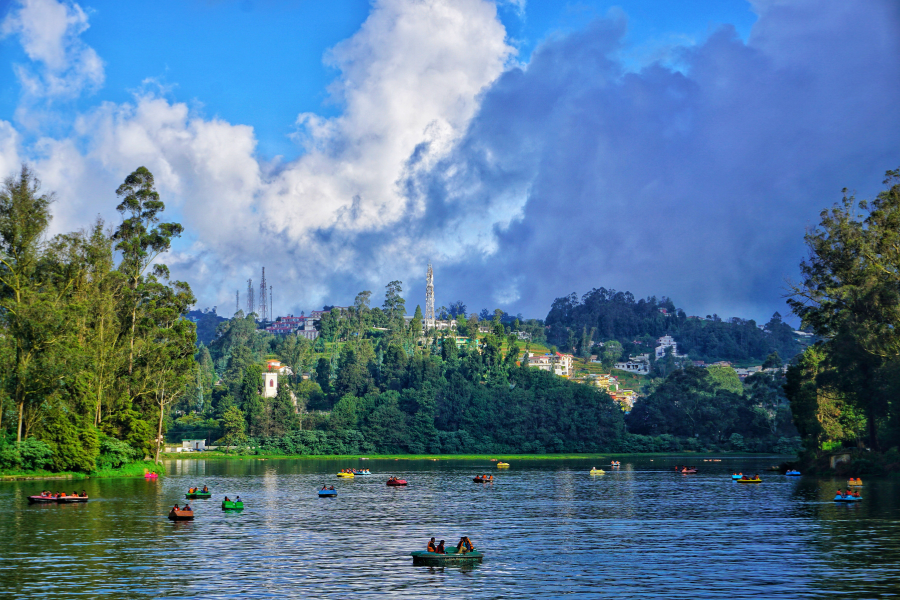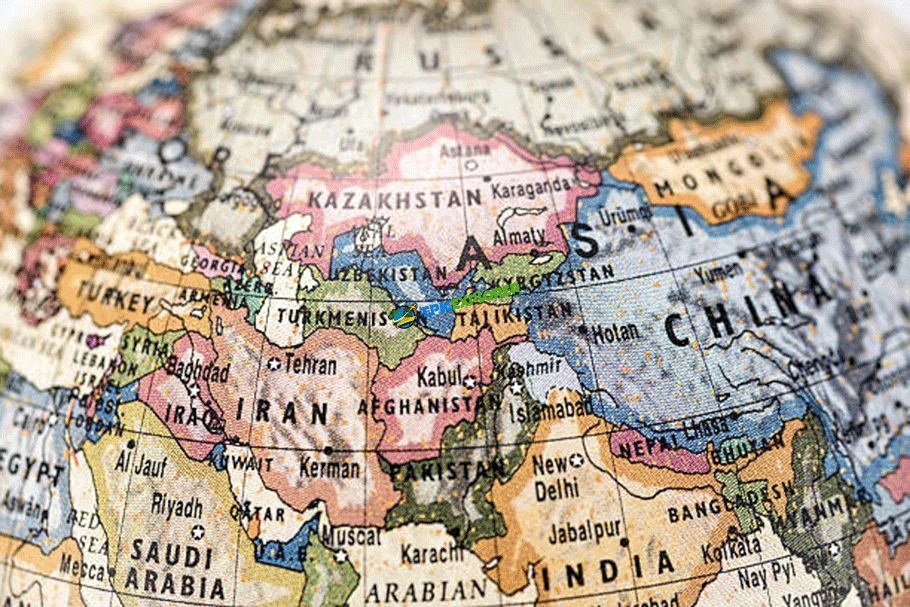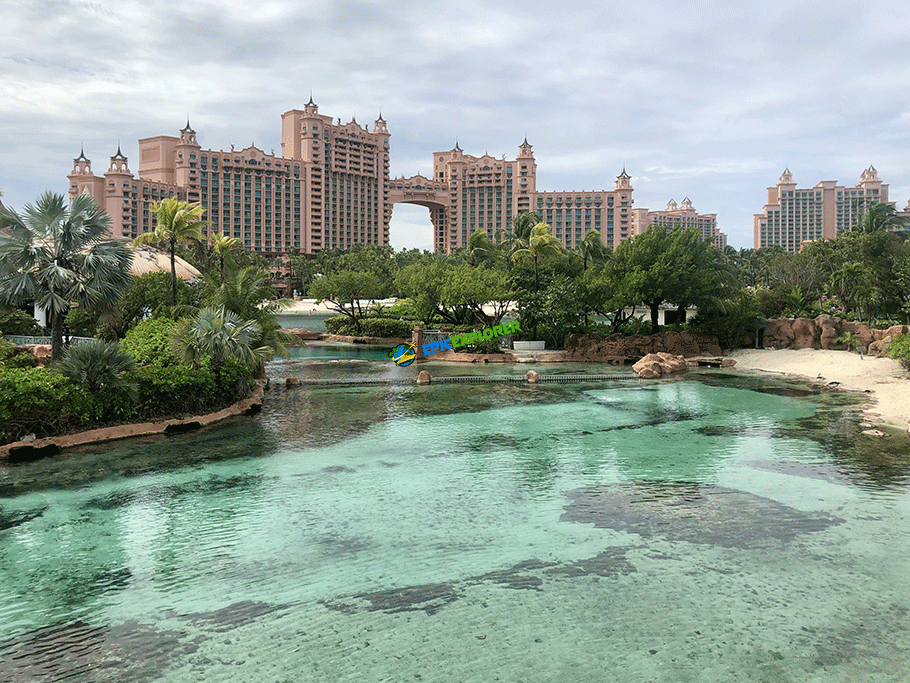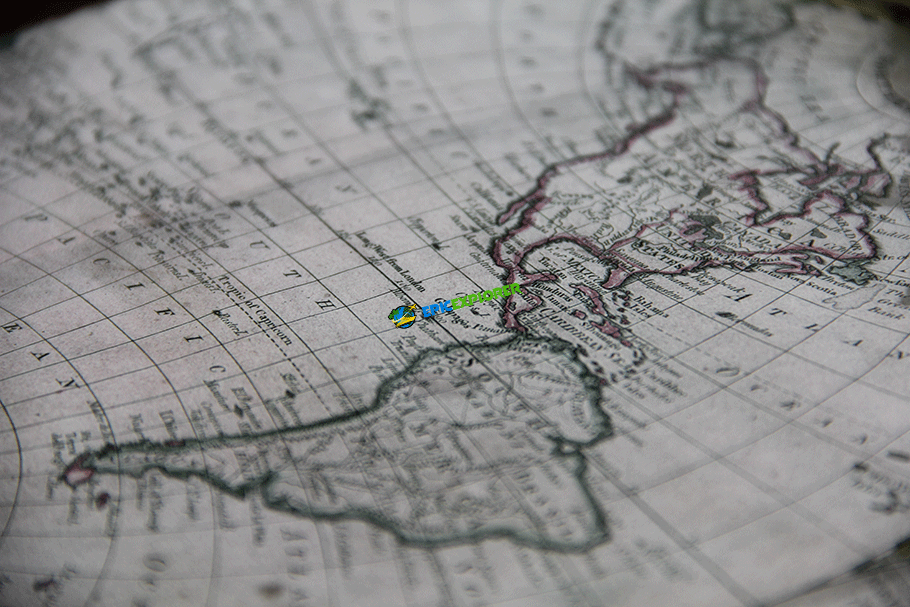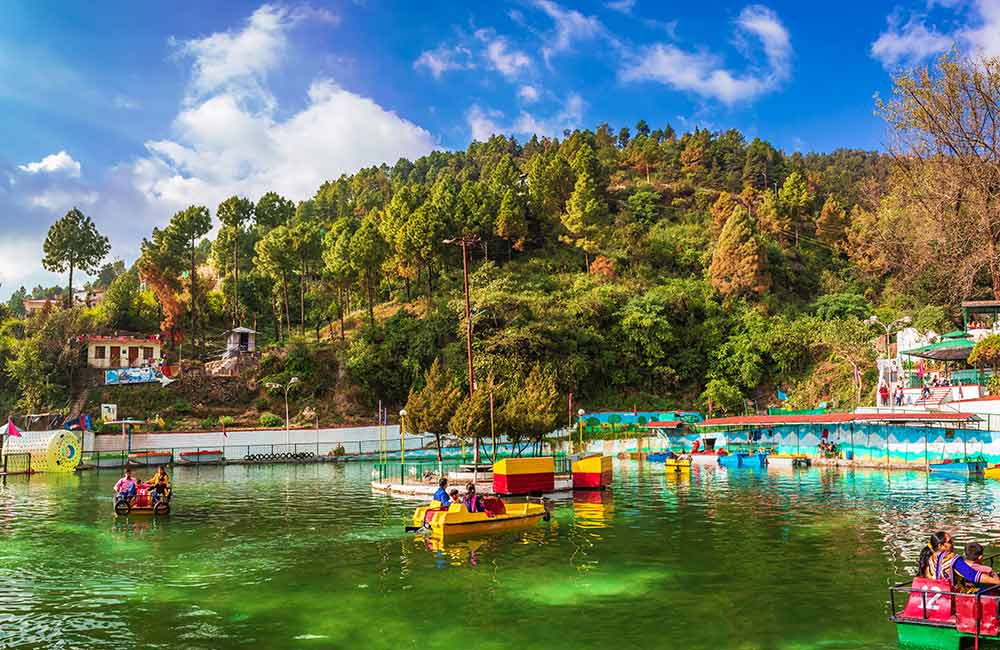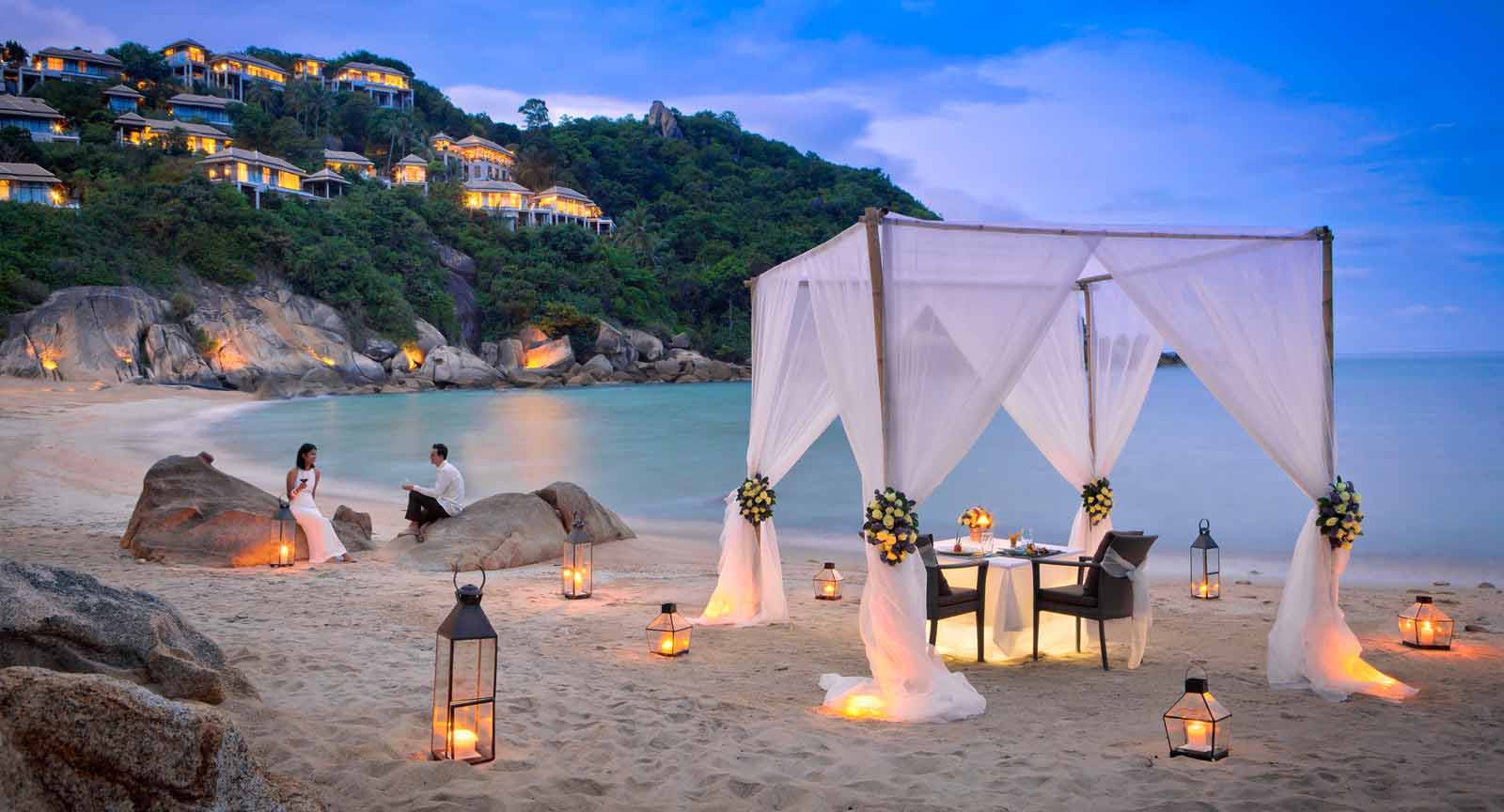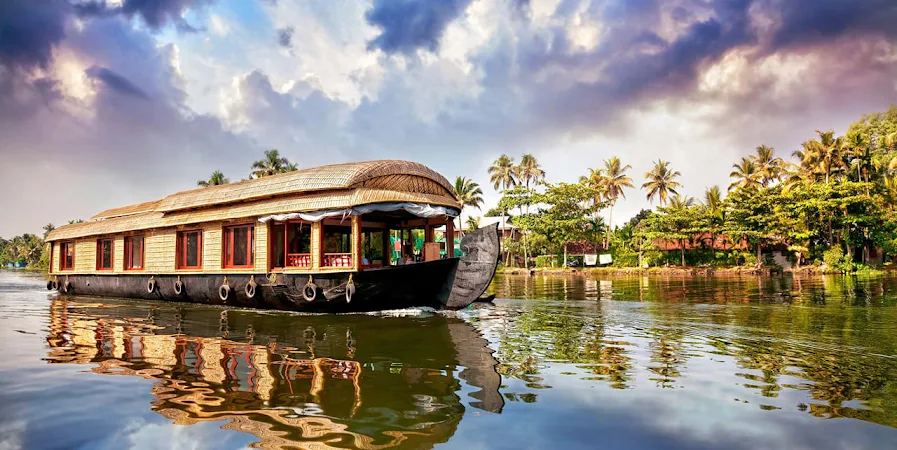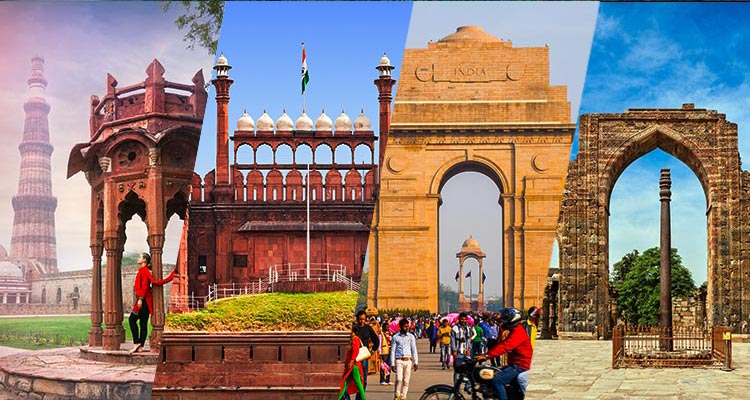History and Facts:
Namibia, a land of striking landscapes and diverse cultures, invites travelers to witness its unique blend of history and natural wonders. From the modernity of Windhoek to the coastal charm of Swakopmund, each city in Namibia unfolds a tale of German colonial influences, ancient traditions, and the nation's journey to independence.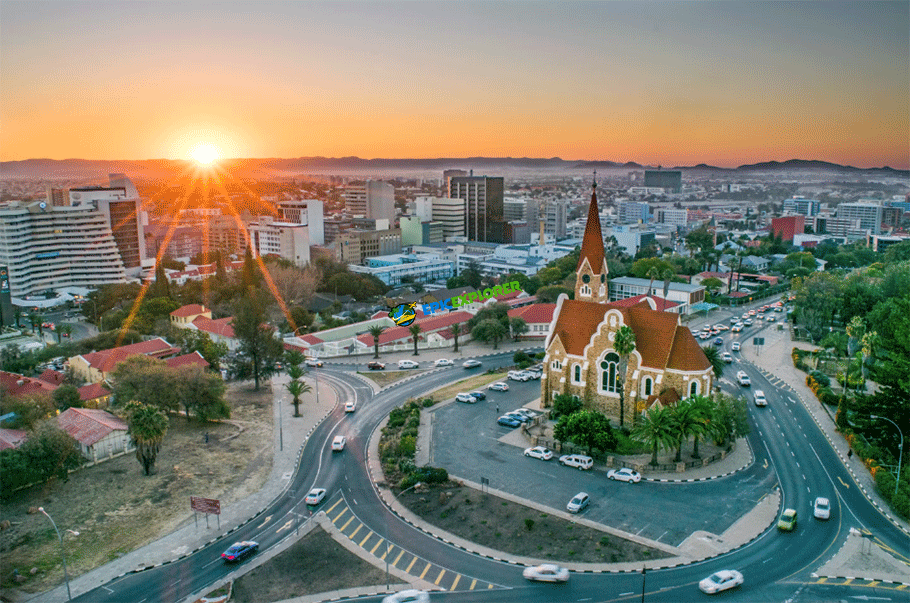
1. Windhoek: Windhoek, the Capital Oasis:
Established in 1840 by German colonists, Windhoek showcases a harmonious blend of modern and colonial influences. The Independence Memorial Museum traces Namibia's struggle for freedom, while the Christuskirche stands as a symbol of German architecture. The bustling craft markets offer an array of local artistry.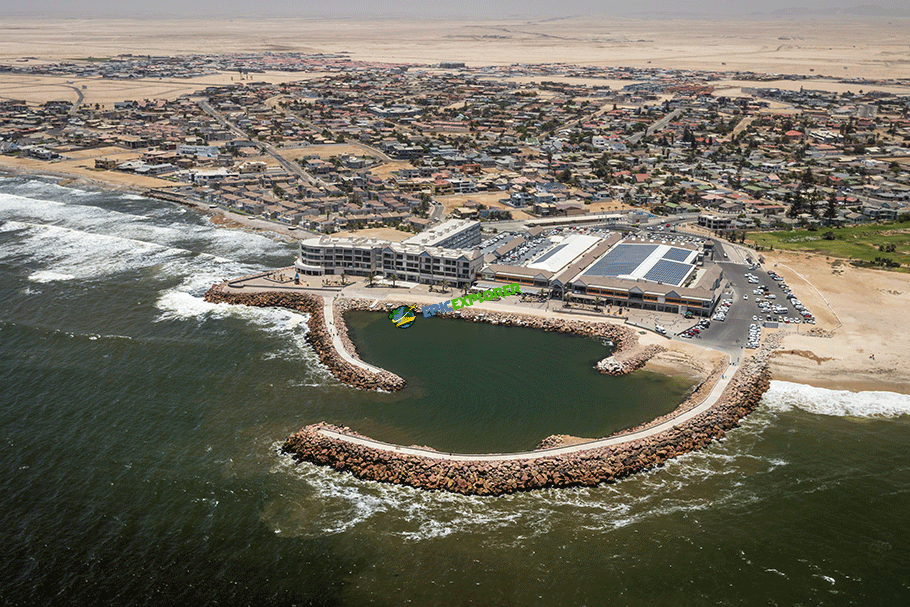
2. Swakopmund: Swakopmund, Coastal Charms:
Founded during the German colonial era, Swakopmund is nestled between the desert and the Atlantic Ocean. The Swakopmund Jetty, dating back to 1905, provides panoramic views of the coastline. The city is a hub for adventure activities and offers a blend of European and Namibian cultures.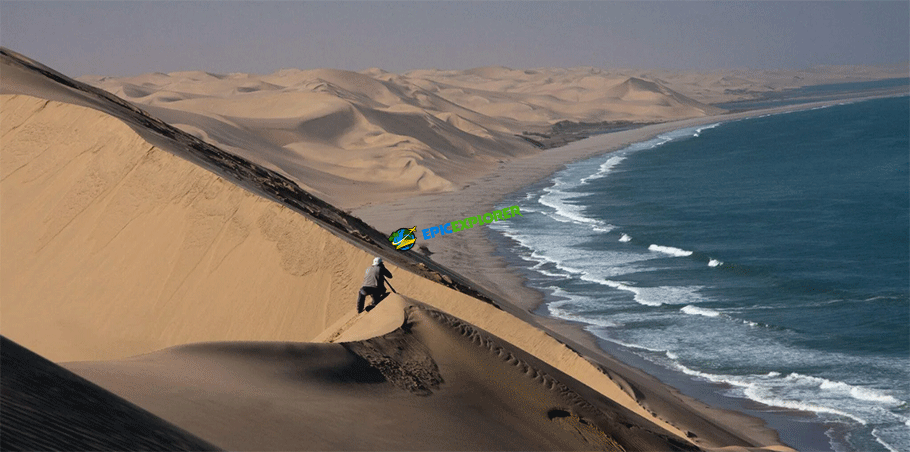
3. Walvis Bay: Walvis Bay, Gateway to the Desert:
Originally a German enclave, Walvis Bay has evolved into Namibia's major harbor. The Walvis Bay Lagoon, a haven for flamingos, offers birdwatching opportunities. Dune 7, the highest sand dune in Namibia, provides breathtaking views of the surrounding desert.
4. Oshakati: Oshakati, the Urban Hub of the North:
As one of Namibia's northernmost cities, Oshakati has grown into a vibrant urban center. The Nakambale Museum, housed in a former Finnish mission, delves into the region's cultural history. The Oshakati Open Market is a bustling hub for local crafts and produce.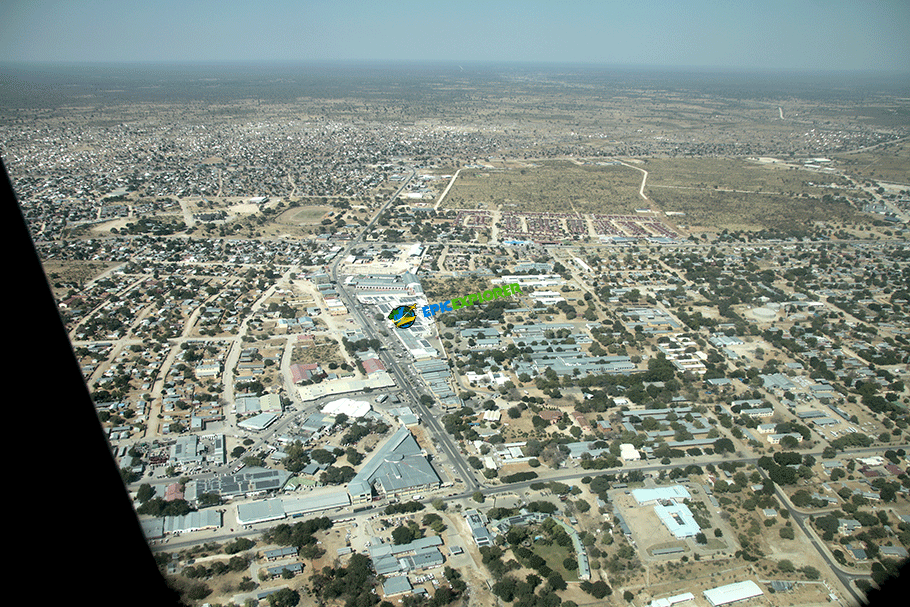
5. Rundu: Rundu, Along the Okavango River:
Situated along the banks of the Okavango River, Rundu is a gateway to Namibia's northeastern regions. The Mbunza Living Museum offers insights into the traditions of the local Mbunza people. The Popa Falls, a series of rapids on the Okavango River, provide a scenic escape.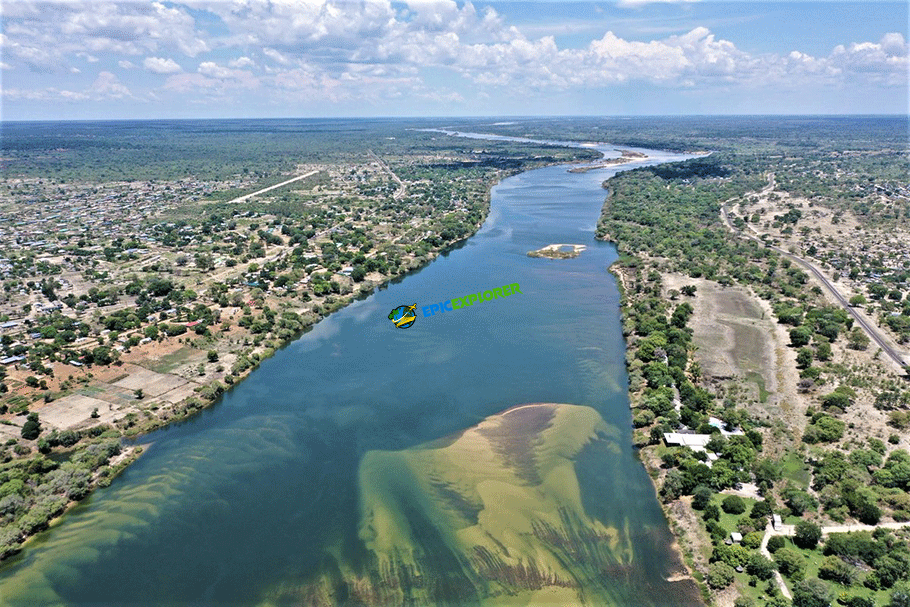
6. Katima Mulilo: Katima Mulilo, on the Zambezi River:
Set along the Zambezi River, Katima Mulilo is known for its riverside beauty. Impalila Island, at the confluence of the Chobe and Zambezi Rivers, offers wildlife experiences. The Caprivi Arts Centre celebrates the artistic heritage of the region.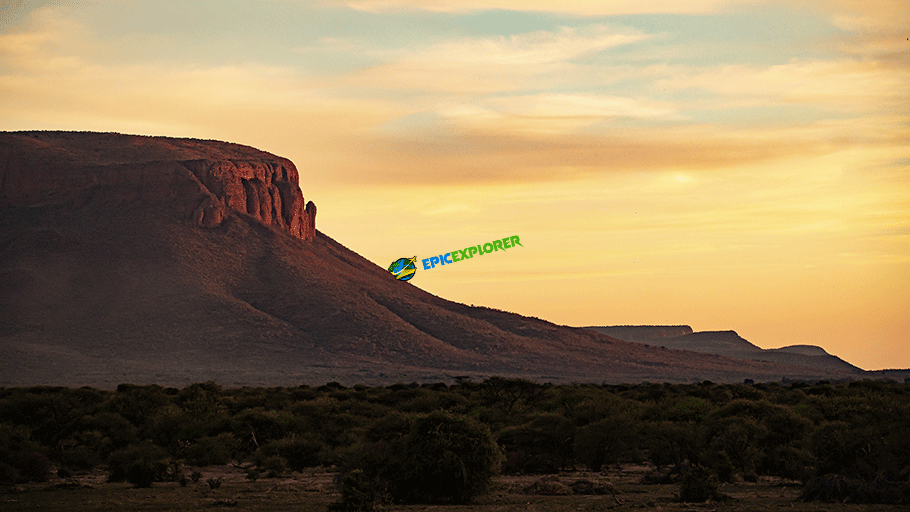
7. Otjiwarongo: Otjiwarongo, Gateway to the Cheetah Conservation Fund:
As a central hub, Otjiwarongo is often a starting point for wildlife adventures. The Cheetah Conservation Fund educates visitors about cheetah conservation efforts. Waterberg Plateau Park, a short drive away, provides hiking opportunities and wildlife viewing.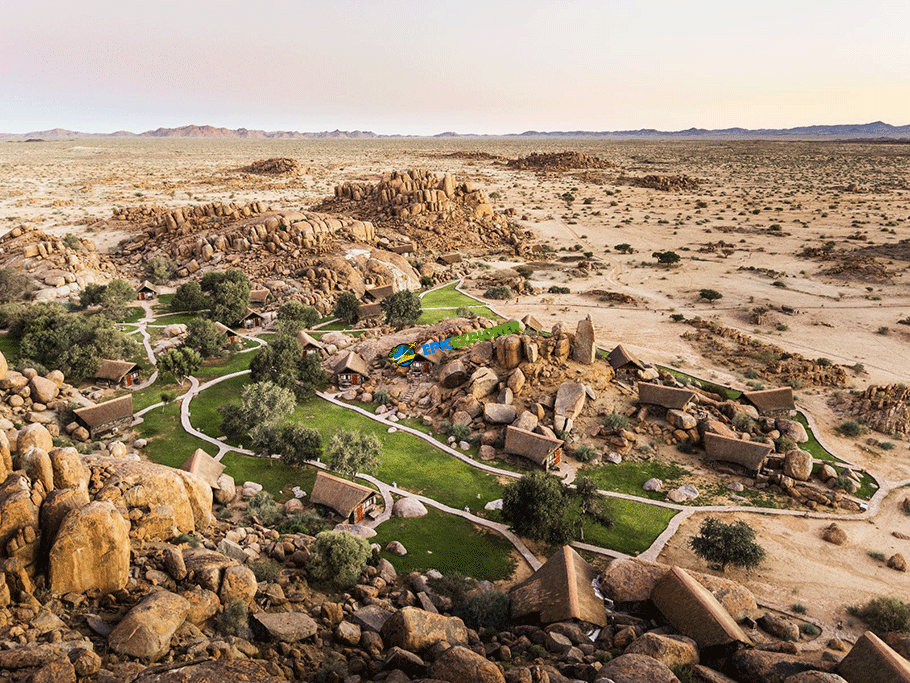
8. Keetmanshoop: Keetmanshoop, Quiver Tree Forest:
Founded during the German colonial period, Keetmanshoop is surrounded by unique landscapes. The Quiver Tree Forest, populated with ancient Aloe dichotoma trees, offers a surreal setting for photography. The Giant's Playground showcases bizarre rock formations.
9. Gobabis: Gobabis, the Gateway to the East:
Known as the "Cattle Country," Gobabis is an eastern gateway to Namibia. The Buitepos Border Post provides access to neighboring Botswana. Gobabis Museum preserves the history of the town and its surroundings.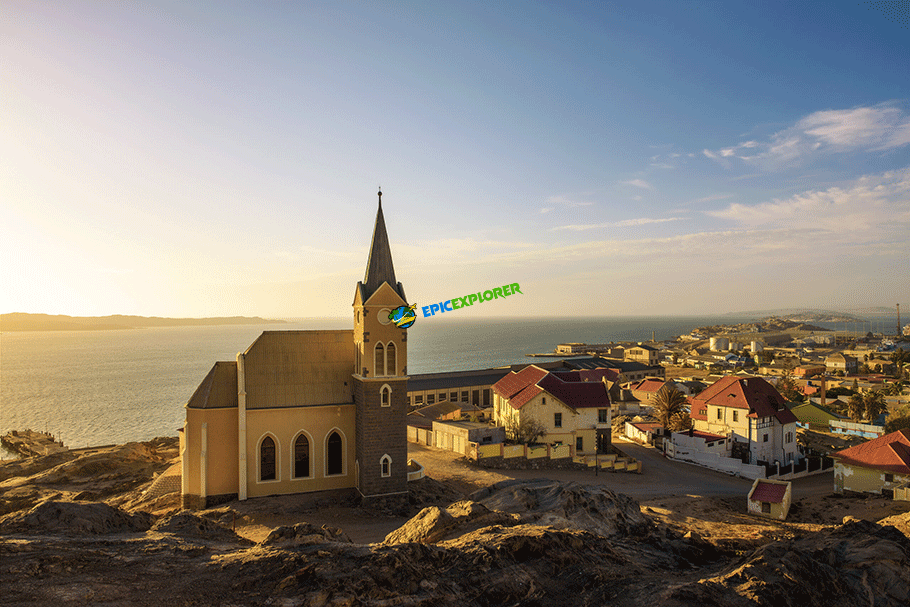
10. Lüderitz: Lüderitz, Coastal History and Diamonds:
Founded during the diamond rush, Lüderitz bears traces of German colonial architecture. Kolmanskop, an abandoned diamond mining town, provides an eerie yet fascinating exploration. Diaz Point, named after the Portuguese explorer, offers stunning coastal views.
How to Reach from Delhi and Time Taken: To reach Namibia from Delhi, travelers can take connecting flights to major airports such as Hosea Kutako International Airport in Windhoek or Walvis Bay Airport.
Flight durations may vary based on the specific route and layovers, generally ranging from 15 to 20 hours. Delhi's Indira Gandhi International Airport provides numerous flight options, ensuring convenient connectivity for those eager to explore the diverse cities of Namibia.






